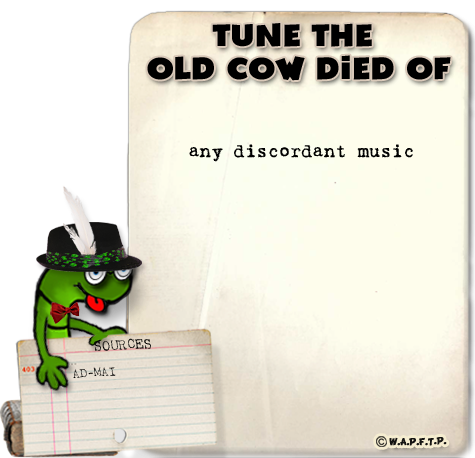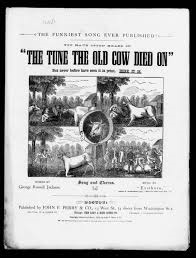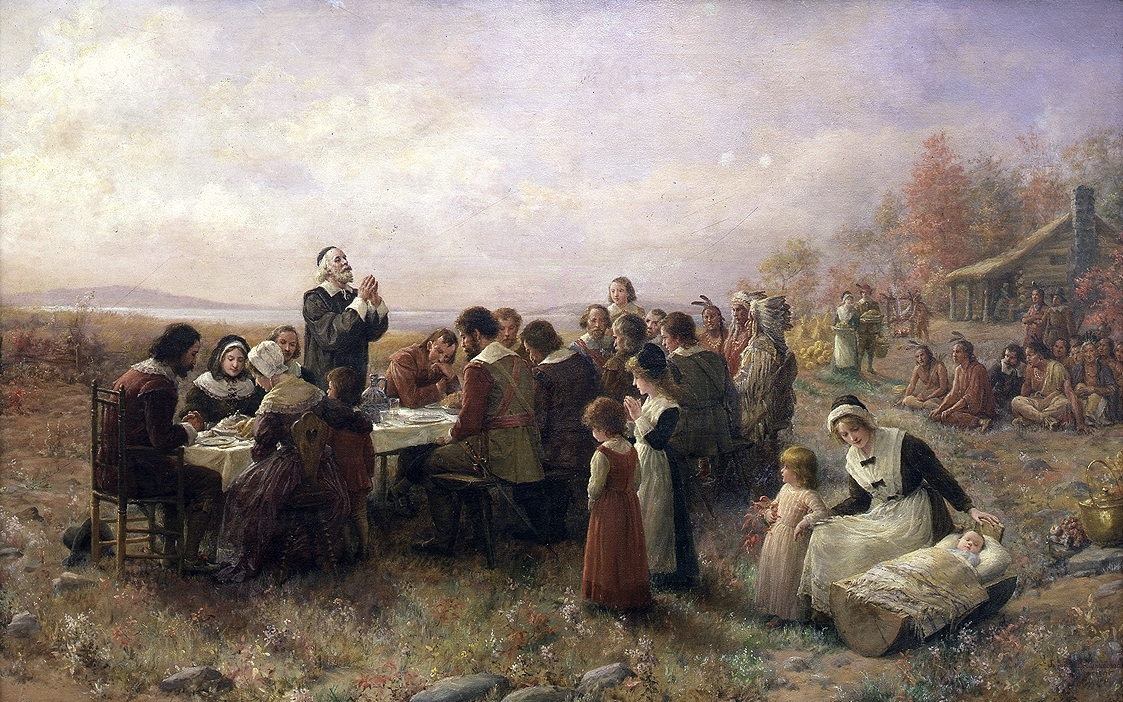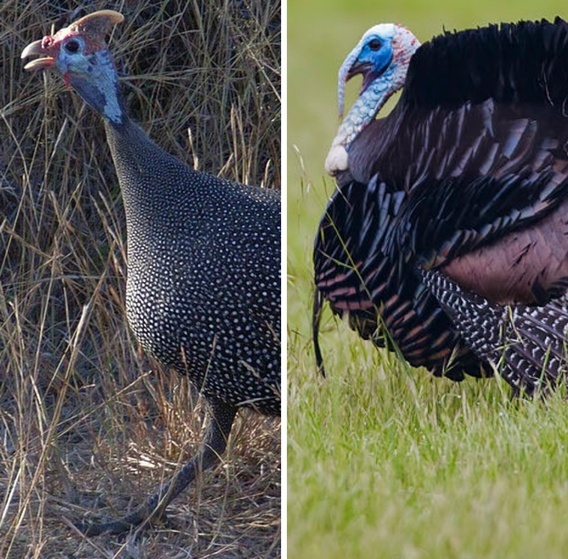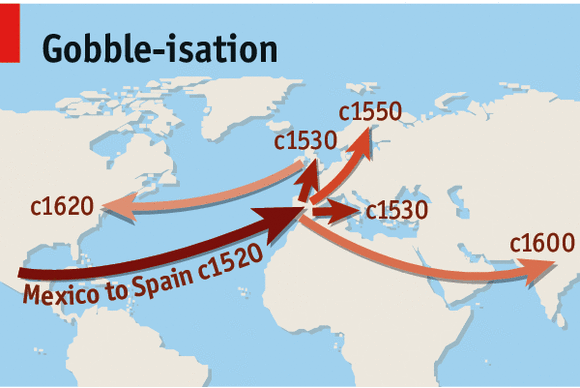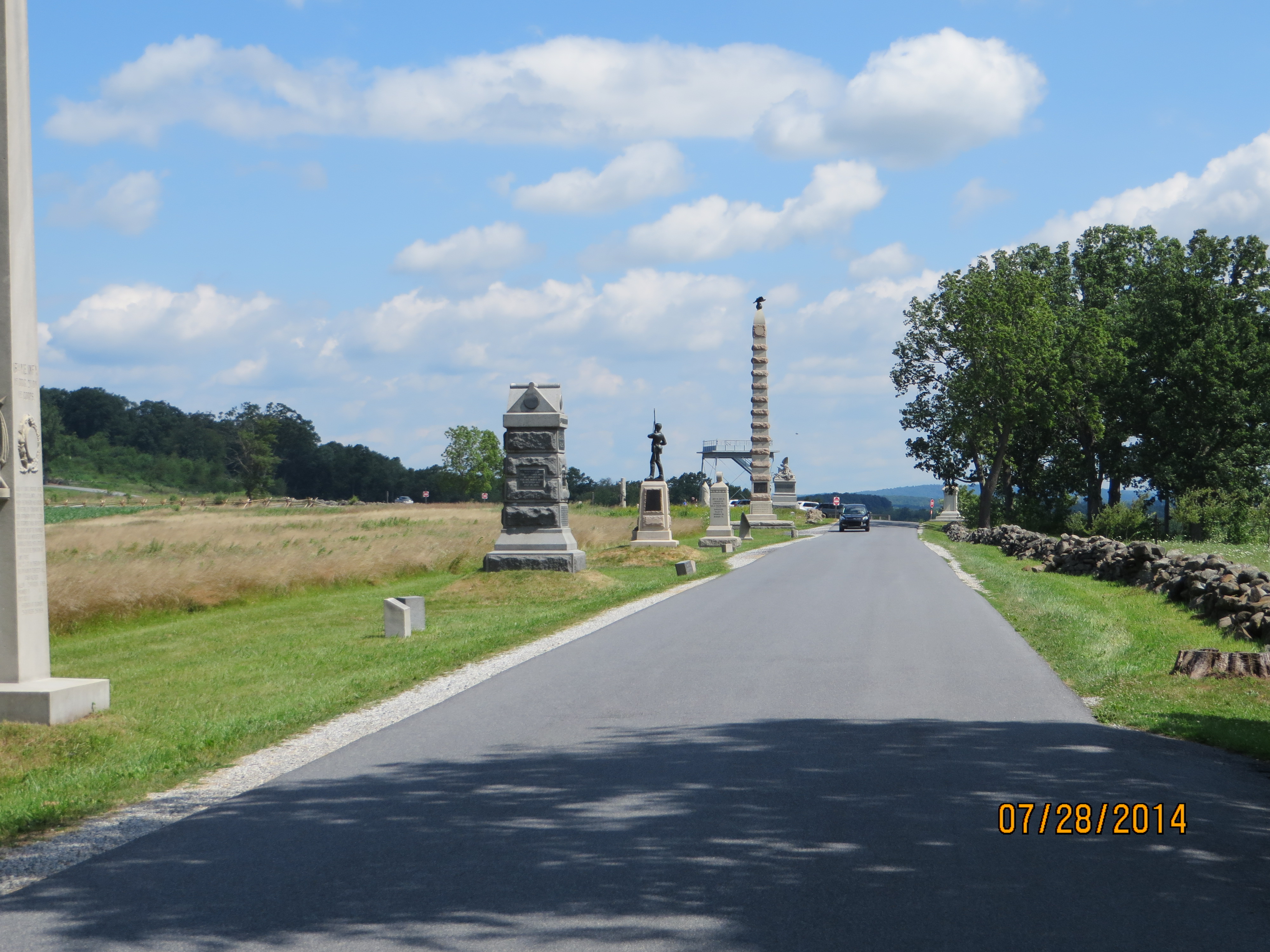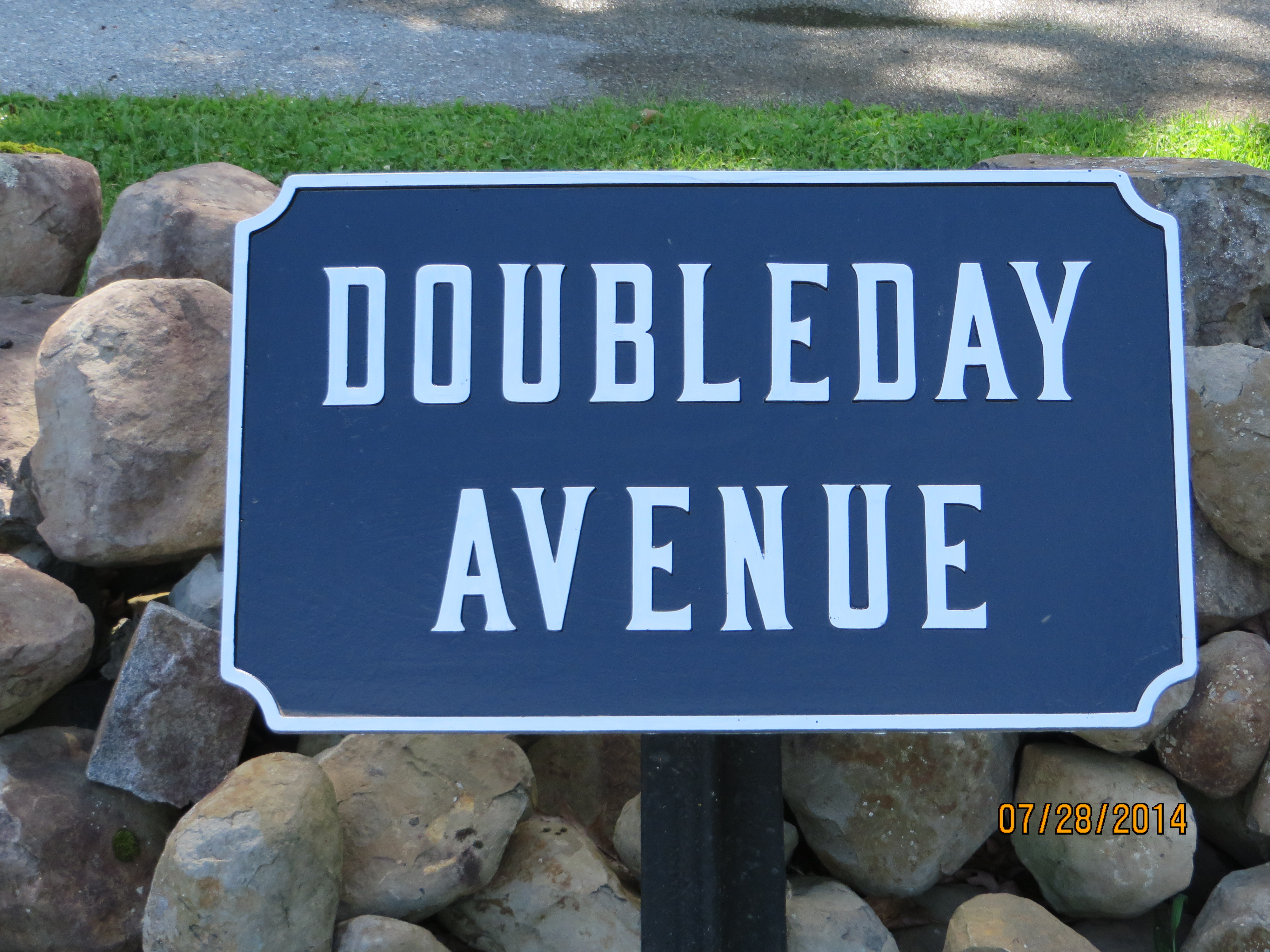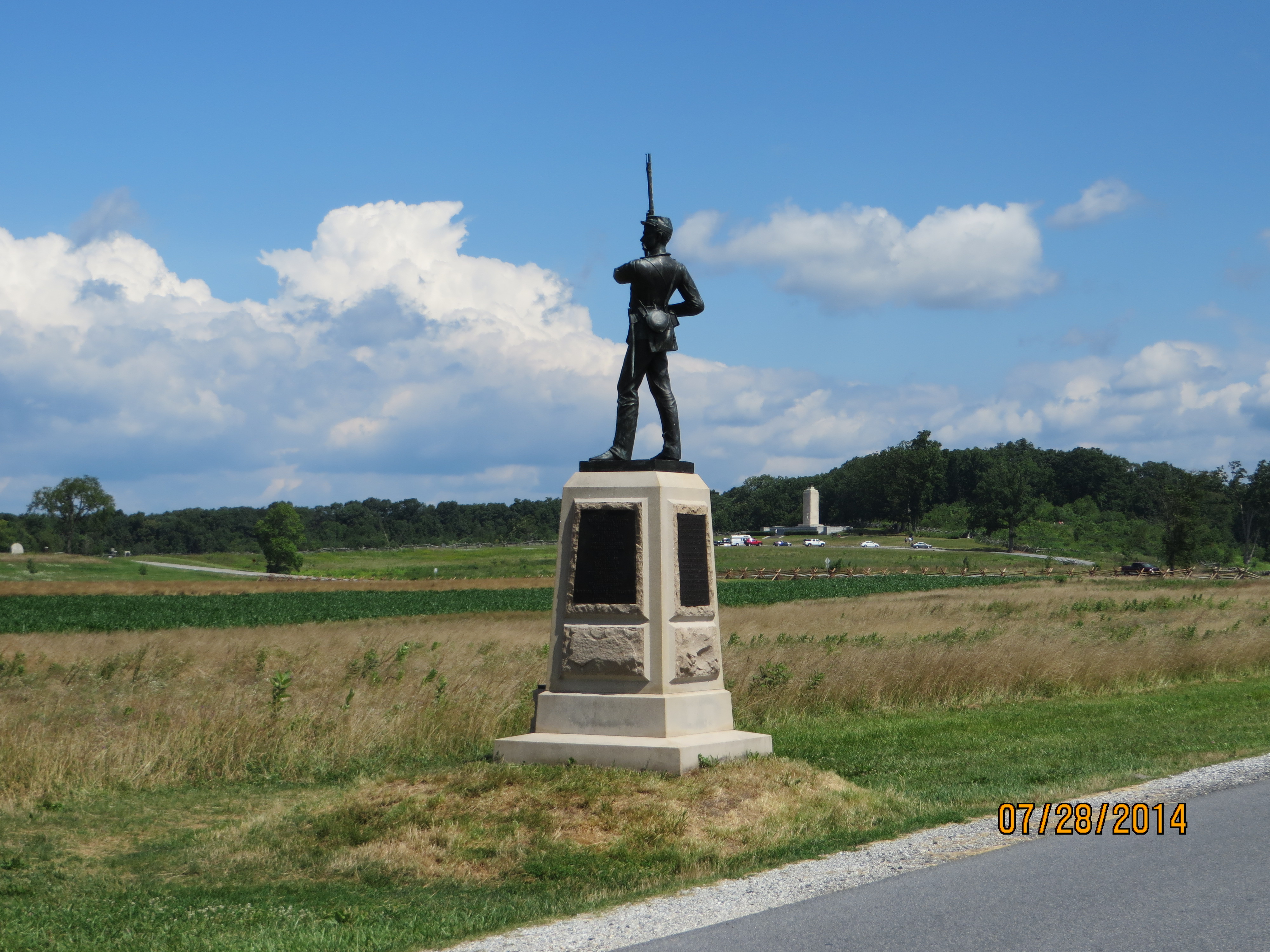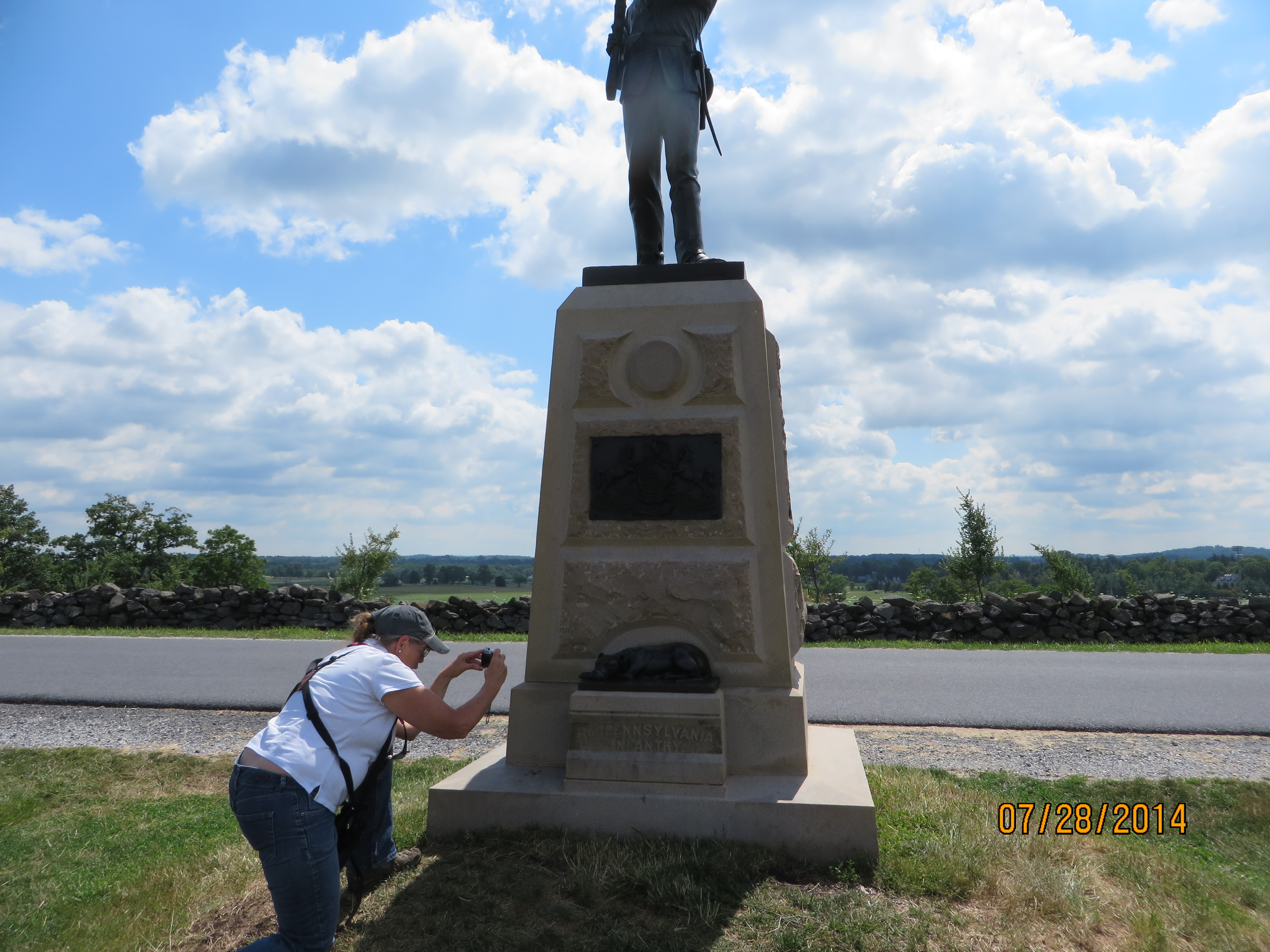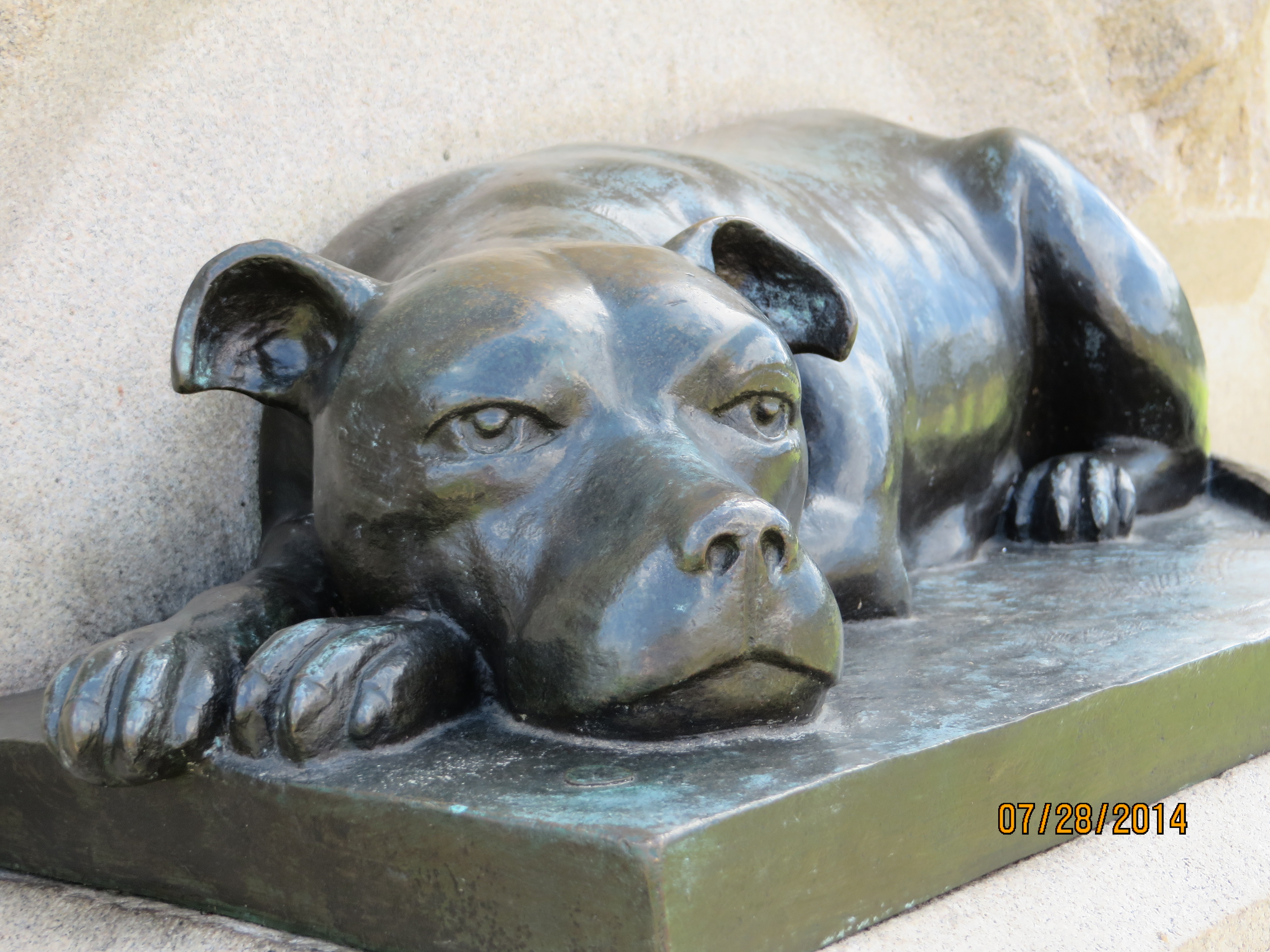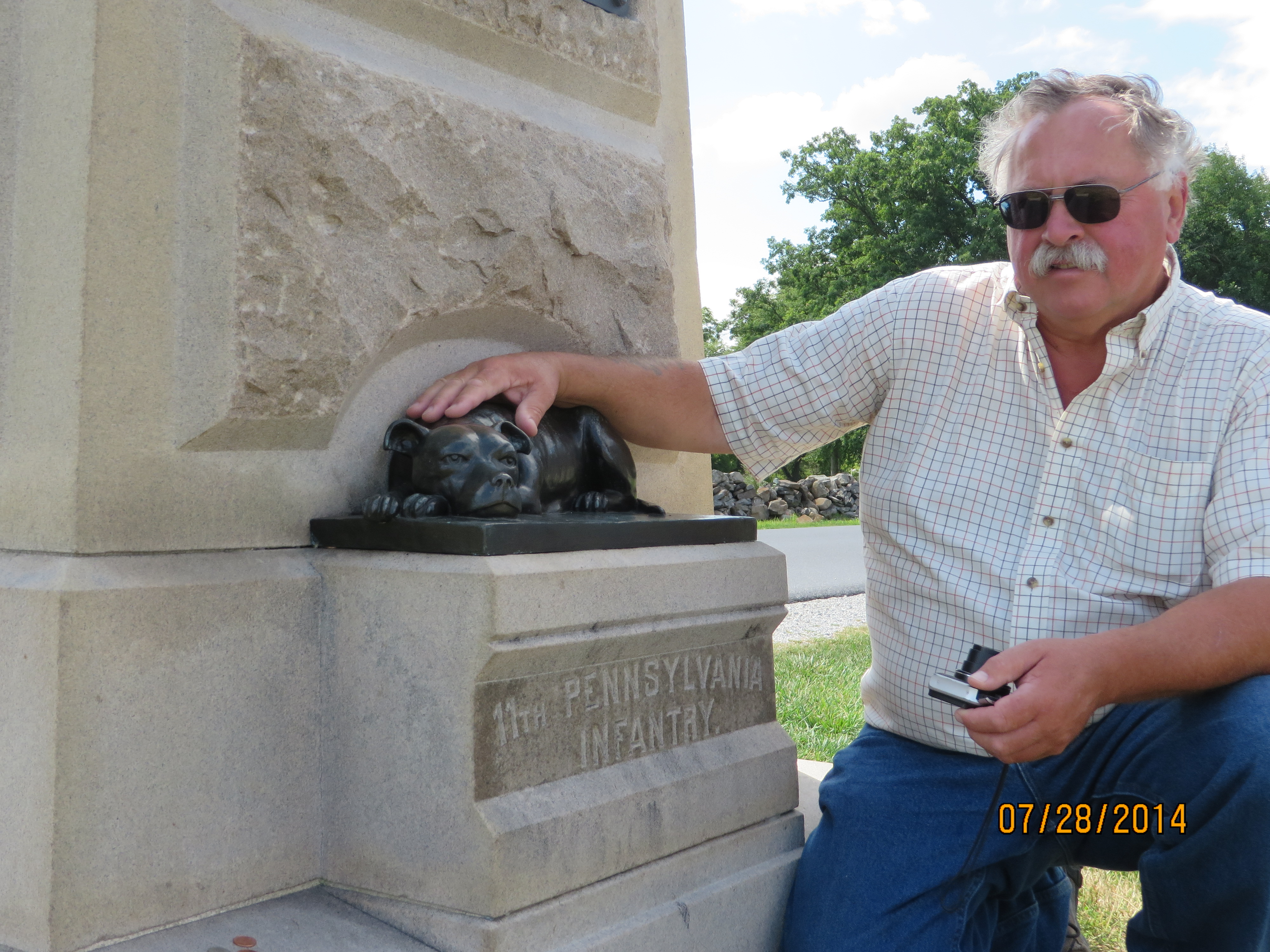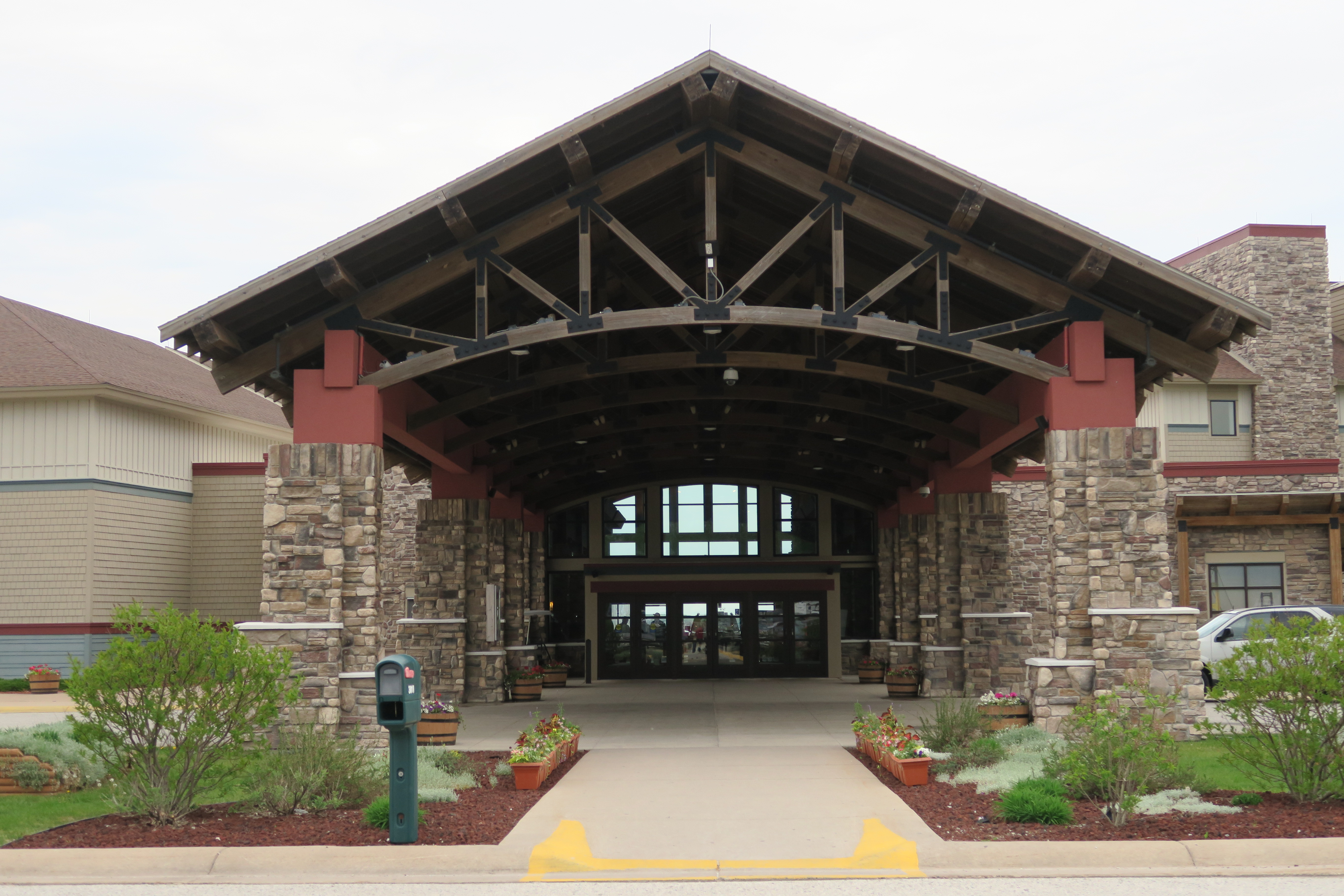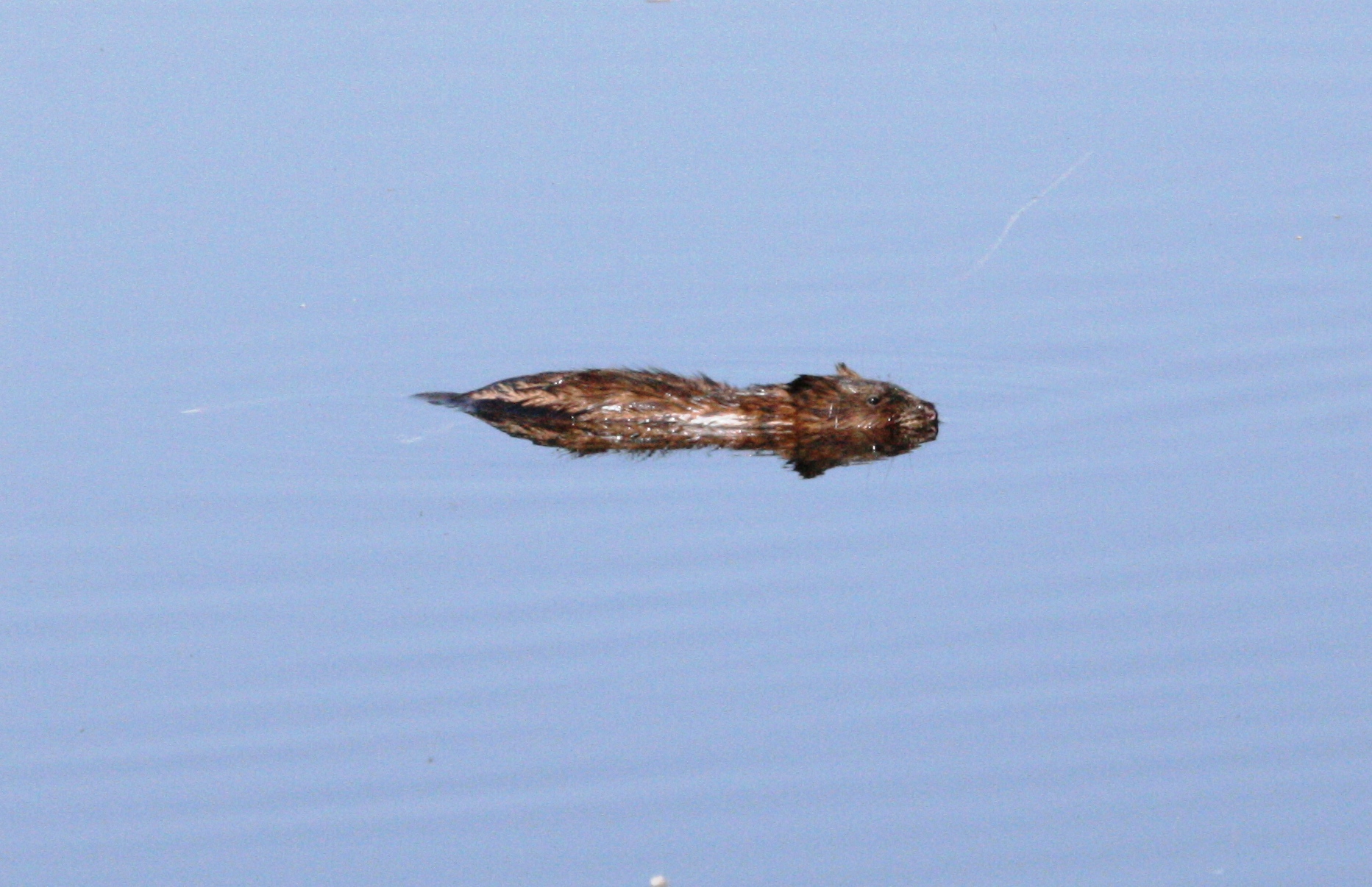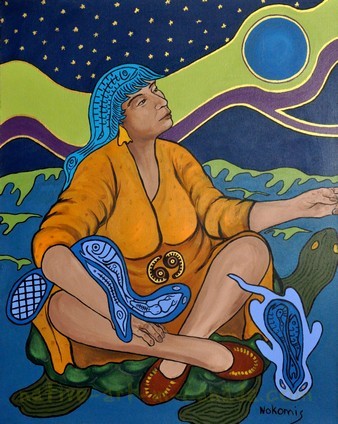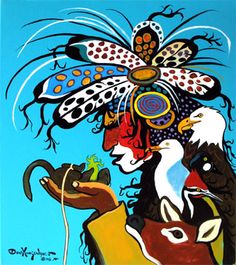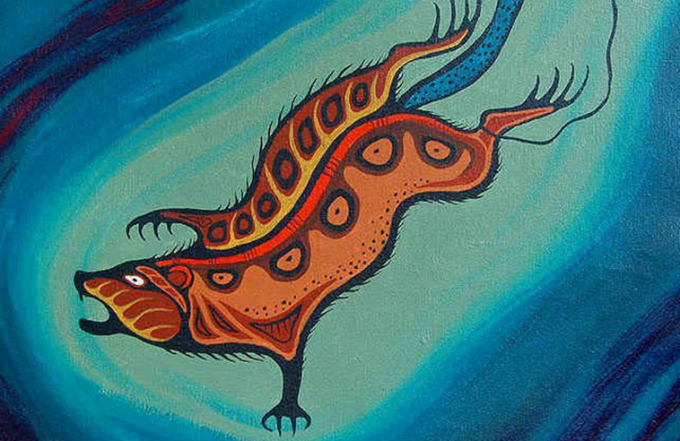
The Apostle Peter Holding the Keys to the Kingdom
Chapter One
The Apostle Peter
“But what about you?” He asked. “Who do you say I am?” Simon Peter answered, “You are the Messiah, the Son of the living God.” Jesus replied, “Blessed are you, Simon son of Jonah, for this was not revealed to you by flesh and blood, but by my Father in heaven. And I tell you that you are Peter, and on this rock I will build my church …” Matthew 16:15–18
The Gospel of John tells us that the apostle Simon Peter was the son of Jonah and the brother of the apostle Andrew. At the time the brothers received their calling by Jesus to be his disciples, both men were living in the small Galilean fishing village of Bethsaida. And it is with this most innocent of references in St. John’s Gospel that the historical confusion regarding the life of Peter begins. This is because until just recently, modern-day researchers could not even agree on the exact location of which John is speaking when he said “Bethsaida.”
The word Bethsaida is derived from the Aramaic word beth-tzaida. It is interpreted as meaning “house of hunting” or “house of fishing.” There have been several places on the north shore of the Sea of Galilee that have claimed to be the location of ancient Bethsaida. But recent work by archaeologists in the Bethsaida Valley Nature Reserve seems to have solved this ancient mystery. In July 2019, near the abandoned village of Beit Habek, a large sixth-century Byzantine church was unearthed by the scientists.
The church was found close to where the northern arm of the Jordan River empties into the Sea of Galilee. Using the diaries and travel records of first millennium Christian pilgrims, excavators have concluded the building was the long-lost Church of the Apostles. What makes the Church of the Apostles so precious is that the church was originally built along the ancient lakeshore over the family home of the apostles Peter and his younger brother Andrew.
We know from the Book of Acts that Peter was uneducated and that he could not read (Acts 4:13). Being a Galilean, the apostle’s native language would have been Aramaic. However, to be able to market his fishing catch and to do business in general, Peter probably understood and spoke some Greek as well. Also, because he was a Jewish man living in rural northern Israel, he probably understood biblical Hebrew.
Being a fisherman born into a fishing family, Simon Peter would have been a strong, hard-muscled workingman who labored long hours in the family business for little or no wages. In order to simply survive the daily task of venturing out onto the Sea of Galilee in all forms of weather, he would have needed to be a man of quick action, a practical thinker, and a man of great courage. Perhaps it was these very qualities of being a simple, honest, and hardworking man that make Peter one of the best loved and most popular of The Twelve Apostles to this very day.
But as necessary as these positive traits were to surviving the whims of the weather while making a living fishing upon the Sea of Galilee, Peter’s impulsive and frequently contradictory behaviors often conflicted with the desires of his master, our Lord Jesus. Just like all of us, Peter could be shy and boisterous, agreeable and argumentative, fearless and faint-hearted, and a man of zealous faith and of paralyzing doubt . . . often all at the same time! No member of the original Twelve Apostles vexed the patience and incurred the rebuke of Jesus more so than His apostle Peter.
From the very moment of his calling by Jesus in the Book of Luke, Peter’s spontaneous and contradictory character emerged (Luke 5:5–8). Without the slightest bit of thought, he instantly questioned the Lord’s command to drop his fishing nets once again into the sea. Then, just a second after the words left his mouth, Peter quickly realized he’d made a mistake. As soon as he reached the shore, Peter fell down on his knees at Jesus’s feet. He wrapped his arms around the Lord’s legs and held onto Him with all of his might, all the while begging Him: “Depart from me; for I am a sinful man, O Lord.”
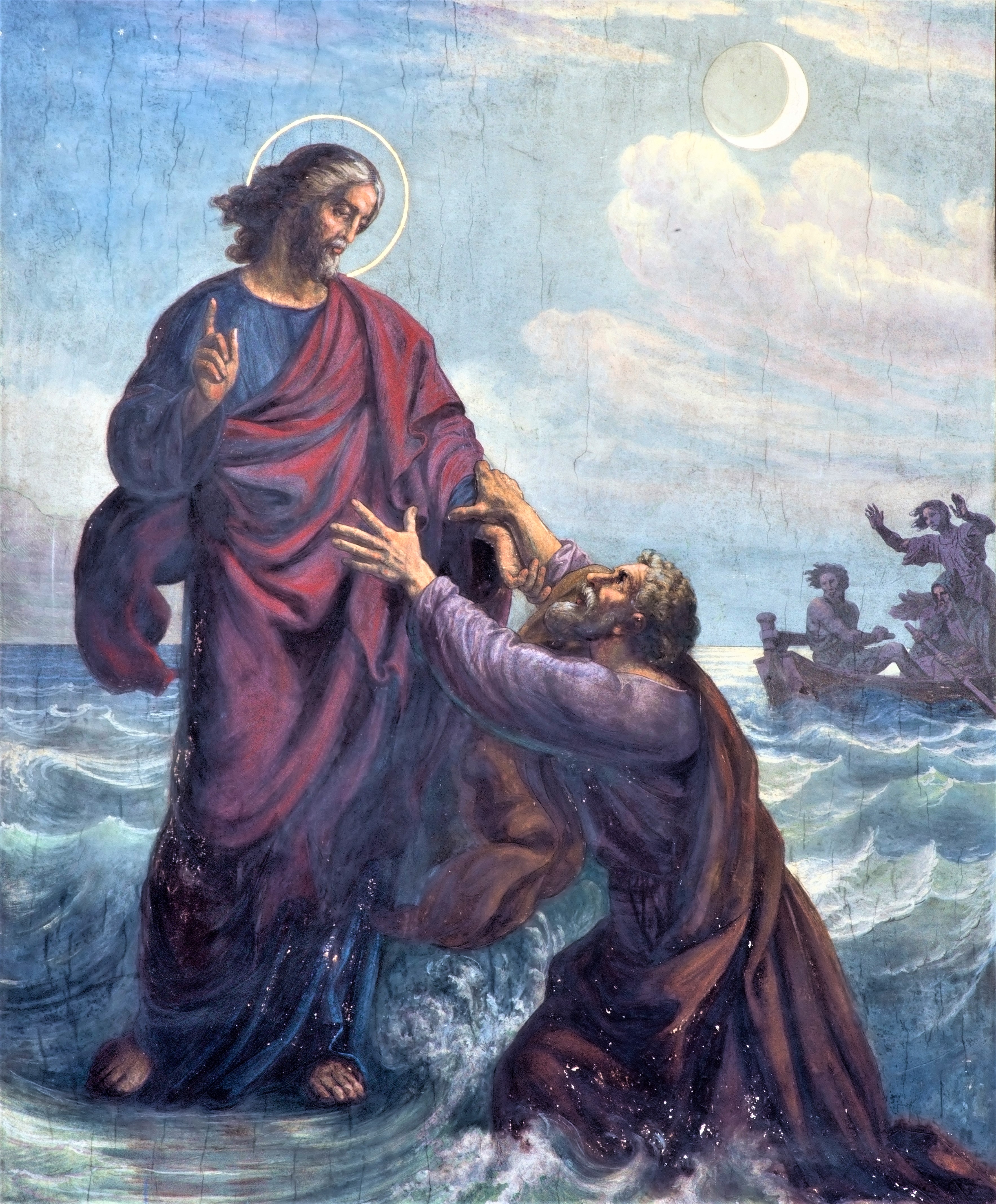
Peter and the Twelve
Peter would come to know Jesus very well during their time together. In the apostle’s heart of hearts, he truly did love Him. But his love for the Lord was not perfect. Throughout the entirety of his earthly mission, as our Lord shared with His apostles the Good News of the Kingdom of God, He would need to scold and rebuke His number-one apostle Peter many more times. At no event, however, was Peter’s complex temperament and conflicting behavior more illustrated than it was in John’s Gospel account of the events before, during, and after the Last Supper.
When the Lord wanted to wash Peter’s feet, the apostle actually had the gall to rebuke Jesus to His face (John 13:6–9) and told Him not to. “No,” said Peter. “You shall never wash my feet.” When Jesus then told Peter that His decision to wash his feet was nonnegotiable, the apostle’s response was irreverent and petty: “Then, Lord,” he said, “[wash] not just my feet but my hands and my head as well!”
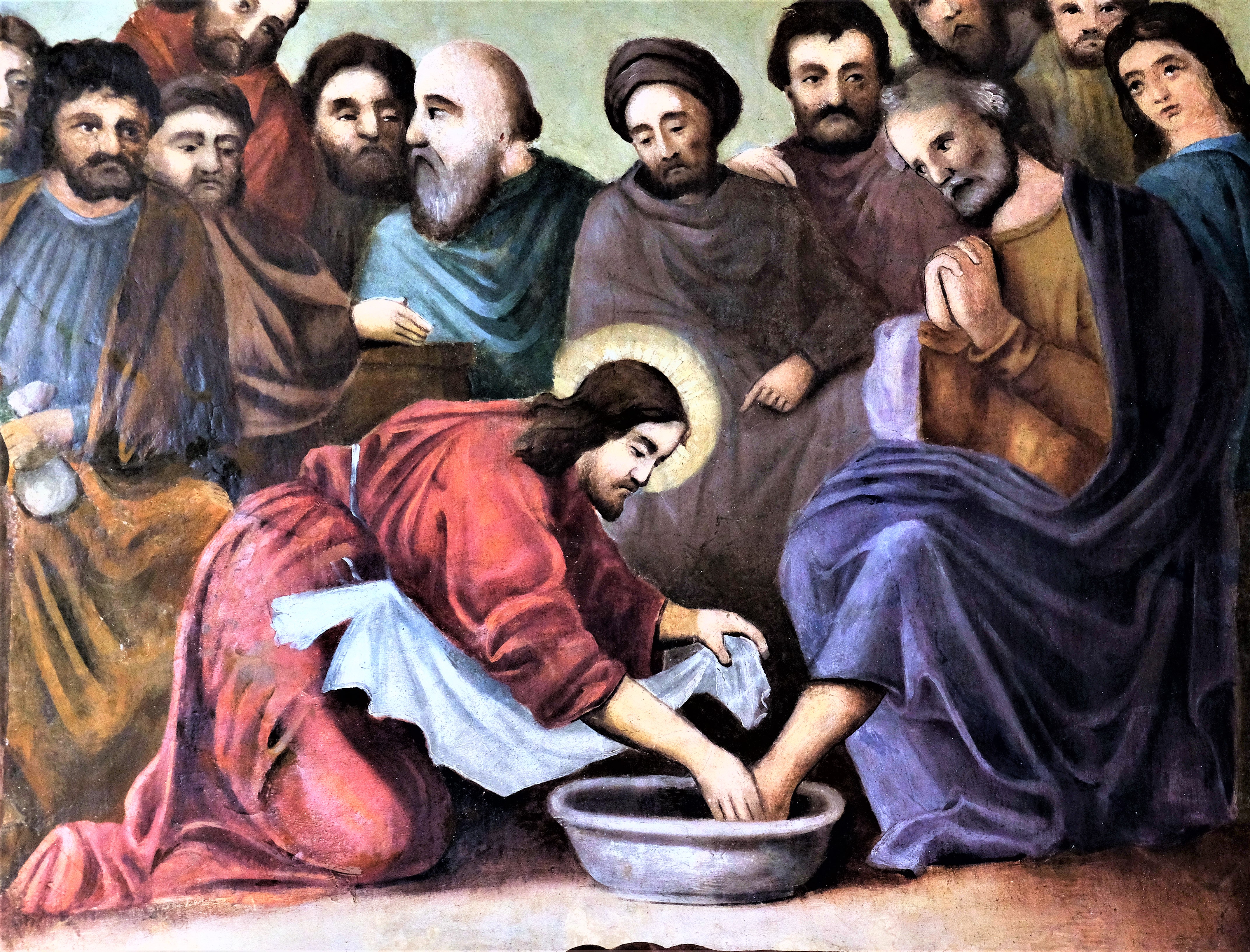
Later on during the Passover meal, Jesus spoke of His upcoming betrayal. While He was speaking, Peter wanted to ask Him who would be the person who would betray Him. Strangely, however, in spite of having just spent three years walking the whole of the regions of Judea and Galilee with his dear friend and Lord, Peter timidly asks the apostle John instead to ask Jesus the identity of the traitor.
The most famous example of Peter’s boisterous and cowardly nature is, of course, that later during the meal he courageously and steadfastly reassured his beloved friend that he would “lay down his life for Him.” But just as a sorrowful and broken-hearted Jesus so tragically predicted, only a few hours later, after He was arrested in the Garden of Gethsemane, a scared and confused Peter denied Him three times.
Peter traveled extensively with Jesus and the other apostles throughout the regions of Judea, Samaria, and Galilee. Early in the Lord’s ministry, Peter and the rest of the Twelve Apostles traveled with Him to a Galilean village called Cana. Located only eight miles from Jesus’s hometown of Nazareth, it would be here at the wedding of an unknown couple that they all would be witness to the Lord’s first public miracle. There, after a long discussion with His mother Mary, in which He tried to tell her that “His time had not yet come,” Jesus turned six large jars of water into wine. Cana was also the home of the apostle Bartholomew.
On a rock-strewn hillside not far from his future home in Capernaum, Peter and his fellow apostles would have heard the Lord speak the words of hope eternally known as the Beatitudes (Matthew 5). Jesus said: “Blessed are the poor in spirit, for theirs is the kingdom of heaven. Blessed are those who mourn, for they will be comforted. Blessed are the meek, for they will inherit the earth . . .“ Sometime later, just a walking distance downhill from the Mount of Beatitudes near the modern Israeli town of Tabgha, the apostle would be witness to yet another miracle (Matthew 14:18–20).
Seeing that the assembled crowd of over 5,000 men and their families needed to be fed, Jesus asked the apostle Thomas to gather up whatever food he could. After the apostle was only able to find five loaves of bread and two fish, Jesus said, “Bring them here to me.” And then He directed the people to sit down on the grass. Taking the five loaves and the two fish and looking up to heaven, He gave thanks and broke the loaves. Then He gave them to the disciples, and the disciples gave them to the people. They all ate and were satisfied, and the disciples picked up twelve basketfuls of broken pieces that were left over.
The farthest north Jesus and His apostles traveled together that is mentioned in the New Testament is Caesarea-Philippi. Located at the base of modern-day Mt. Herman, the region is about twenty-seven miles north of the Sea of Galilee. In Jesus’s day, the place was the location of many ancient Greek and Roman pagan temples. A special temple for the worship of the forest god Pan was built next to a large cave on the southern side of the mountain. Inside this cave was a large pool of water into which worshipers offered up sacrifices of idols and live goats. The water from the cavern would eventually emerge from the base of the mountain and would become the headwaters of the Jordan River. The ancients believed that the cave and the water that flowed out of it symbolized death, and they therefore called it the Gate of Hades.
The region of Caesarea-Philippi was so abominable to the ancient Israelis that it was forbidden for a good Jew to even step foot in the area. But it would be there at this site of centuries of pagan worship that Jesus would bring His Twelve Apostles to
|
•The Greco Roman city of Caesarea-Philippi (modern-day Banias) was the furthest north Jesus traveled in the company of the Twelve Apostles. It was in that region of northern Israel twenty-five miles north of the Sea of Galilee that Matthew’s Gospel says that Jesus revealed He would establish a Church and that He would give primacy over it to the apostle Peter. Much has been written over the millennia speculating as to why Jesus chose this place to make this important announcement. One opinion I discovered in my researches for this book I found very intriguing. •In ancient times, Caesarea-Philippi was a cultic center for the worship many of the Greek and Roman gods. There was even a temple complex built in honor of the Greek god Pan in a rocky grotto from which flowed the source of the Jordon River. It is this association with the pagan Gentiles that perhaps inspired Jesus to select this spot for this most important of pronouncements. On its surface, the meaning of “and on this rock I will build my Church” is quite clear. He was talking directly to the apostle Simon Peter (afterwards known only as Peter). •But to add a deeper and more inclusive meaning to His statement, imagine that at the same time He was talking to Peter, He also turned toward the Gentile temples in the rocky cliffs behind them to indicate symbolically His wish to build the Church upon these non-Jews as well. Or taking the metaphor even one step deeper: that He also pointed to Himself to remind the apostles not to forget about Him. |
hear one of the most profound—and still controversial—pronouncements marking the beginnings of early Christianity! For it was there, in the shadows of the elaborate Greek temples dedicated to the worship of the gods Pan and Zeus, that Jesus first asked His disciples, “Who do people say the Son of Man is?” Their answer, of course, was wrong: “Some say [that You] are John the Baptist; others say Elijah; and still others, Jeremiah or one of the prophets.”
The Lord then patiently and lovingly asked them, “But what about you? Who do you say I am?” Simon Peter answered, “You are the Messiah, the Son of the living God.” Jesus replied, “Blessed are you, Simon son of Jonah, for this was not revealed to you by flesh and blood, but by my Father in heaven. And I tell you that you are Peter, and on this rock I will build my Church, and the gates of Hades will not overcome it” (Matthew 16: 15–18).
Jesus, Peter, and the two sons of Zebedee would return one more time to Mt. Herman.
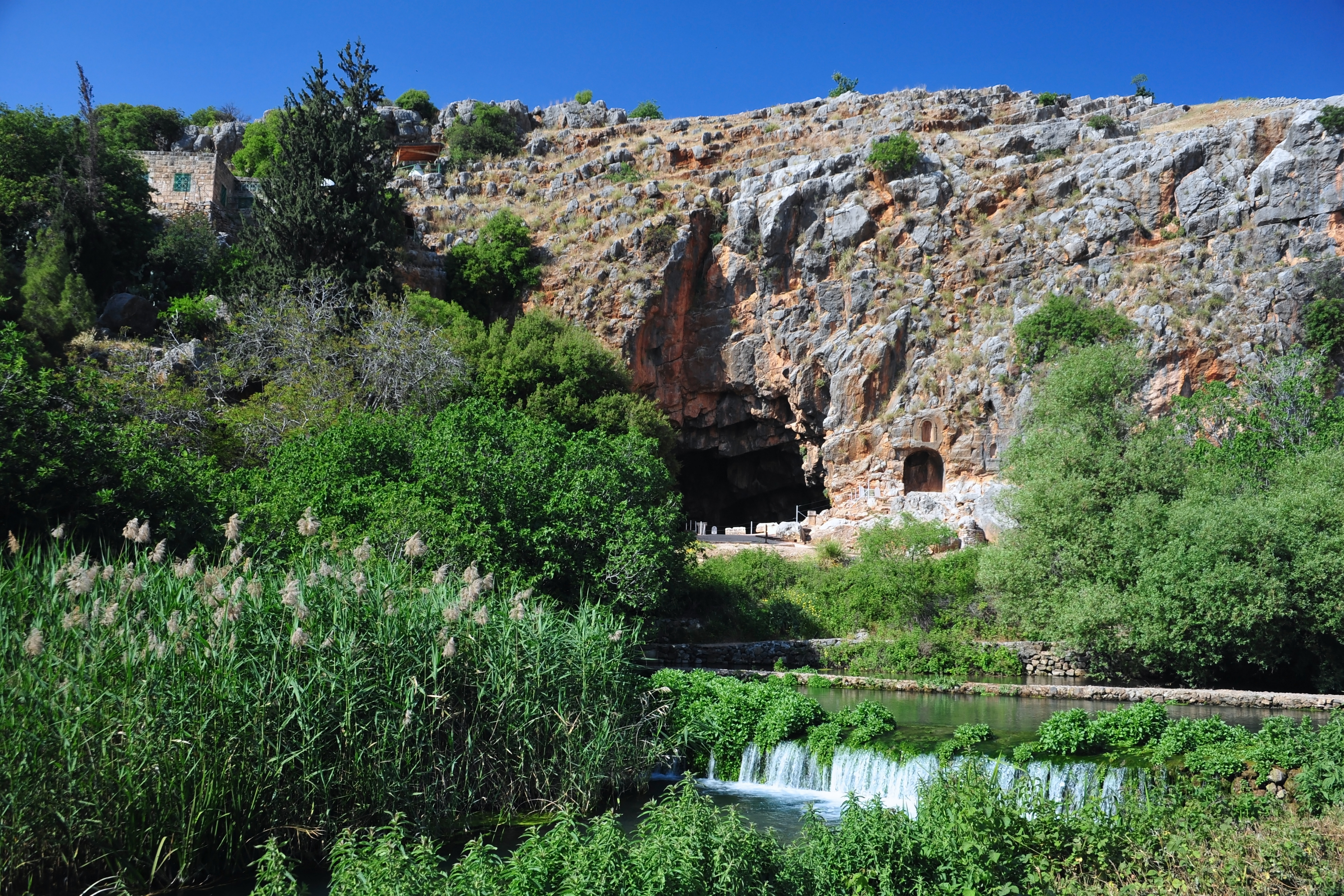
Caesarea-Philippi with its Gates of Hades
Jesus, Peter, and the Sons of Zebedee
During the Lord’s earthly ministry, Peter eventually would acquire status as the unofficial spokesman and leader of the original Twelve Apostles. He also seemed to share an inner-circle relationship with Jesus and the apostles James and John, the sons of Zebedee. Religious scholars are not sure why this was the case. One possible reason is that the sons of Zebedee (James and John) and the sons of Jonah (Peter and Andrew) were first cousins. Whatever the reason, there are three examples from the Gospels that record this exclusive connection.
The first of these happened near Capernaum and involved the miraculous healing of the daughter of a local synagogue leader named Jarius (Mark 5:22–43). The official had sought out Jesus in the great crowd of His followers and pleaded with the Lord to save his dying daughter. Jesus agreed to Jarius’s humble request and followed the man to his home. Along the way, Jesus cured a woman who suffered from a twelve-year history of abnormal uterine bleeding.
But before they could reach Jarius’s home, his servants ran out to meet them and told the official that his daughter had died. Jesus then told him, “Don’t be afraid; just believe.” The Lord did not let anyone continue to follow Him except the apostles Peter, James, and John. When they finally arrived at the religious leader’s home, everyone was crying and wailing as they mourned the loss of the little girl. Jesus asked, “Why all this commotion and wailing? The child is not dead but asleep.” But they laughed at him.
He then had everyone removed from the room where the child’s lifeless body rested except her parents and the three apostles. He knelt down beside her, took her by the hand, and said to her, “Talitha koum!” (Talitha is an Aramaic name and means “little girl.” Talitha koum means “Little girl, I say to you, get up!”). As the New Testament story goes, she immediately stood up and began to walk around. Concerned about her well-being, Jesus told them to get the child something to eat. He also gave strict orders not to let anyone know about the miracle they all had just witnessed. This story is also unique in that Peter says nothing to arouse the rebuke of his friend Jesus.
The next event the three inner-circle apostles were exclusive witnesses to was the Transfiguration. In the northern part of the modern-day nation of Israel, there is a 690-square-mile region known as the Golan Heights. This geographical plateau straddles the borders between northern Israel, southern Lebanon, and western Syria. Sitting right at the northernmost edge of the Golan is the biblical Mt. Herman. Although the
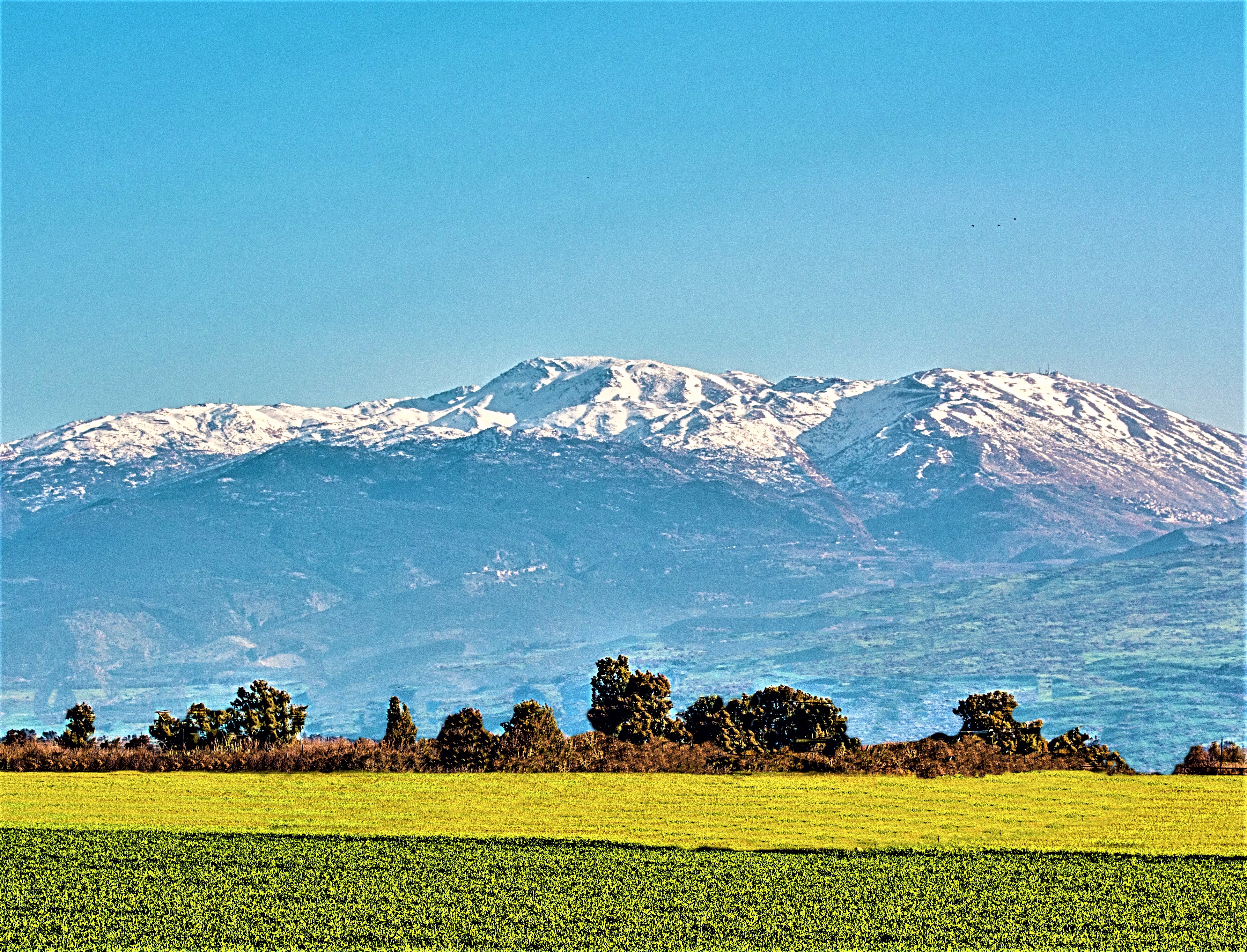
Biblical Mt. Hermon
mountain is now home to a ski resort and the Herman Nature Preserve, in the time of Jesus, its summit was the location of the New Testament’s account of the Transfiguration.
The word transfigured comes from Latin and means to “change form” or to “change the shape of.” This Transfiguration of Jesus is what the apostles Peter, James, and John witnessed while on Mt. Herman (Matthew 17:1–8). As they watched their Lord praying, they saw him begin to shine with grand and glorious rays of light. They next saw the Old Testament prophets, Moses and Elijah, appear and begin speaking to Jesus. It was at that sacred moment that the eternally well-meaning but impetuous and sometimes rude Peter cut in on their conversation. The apostle said, “Lord, it is good for us to be here. If you wish, I will put up three shelters—one for you, one for Moses and one for Elijah.”
Throughout the centuries, this interruption by Peter into the divine discussion between Moses the lawgiver, Elijah the miracle worker, and the Son of Man has been the subject of countless interpretations and preachings. The majority of these sermons criticize Peter for once again having a big mouth, a mouth that always seemed quicker to action than his brain. The lesson universally being that just like you and me, Peter was flawed and foolish and weak; but that the Lord still seemed to love him anyway. The common interpretation is that the apostle simply wanted the magic of this amazing mountaintop moment to last. But probably to everyone’s surprise, Jesus didn’t say a word! This lack of an answer or response—or even a rebuke—to Peter’s question is unique in all of the New Testament. This silence leads some New Testament readers to believe that possibly Peter could have been correct to make such a request.
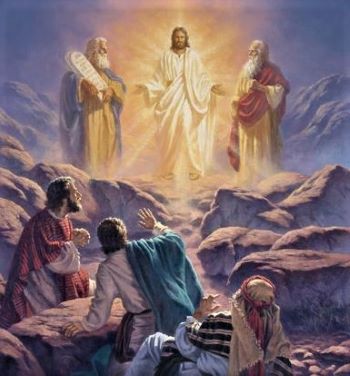
Jesus’s Transfiguration
Any definite answer to Peter’s purpose, of course, will never be known because Almighty God Himself chose that very moment to intervene (Matthew 17:7). While Jesus was still speaking, a bright cloud covered them, and a voice from the cloud said, “This is my Son, whom I love; with him I am well pleased. Listen to him!” And having said what He wanted to say, the theophany was over. Now all that needed to be done was to comfort the terrified Peter, James, and John. But Jesus walked over and touched them. He said, “Get up. Don’t be afraid.” When the horror-struck apostles finally had the courage to look up, they saw no one except Jesus (Matthew 17:8).
The last example of Peter being part of Jesus’s inner-circle of the Twelve Apostles involves him being present with James and John, the sons of Zebedee, during the Lord’s Agony (Matthew 26:36–46). After leaving the scene of His Last Supper with his chosen apostles, they had all made their way (minus Judas Iscariot) across Jerusalem’s Kidron Valley to the Mount of Olives and the Garden of Gethsemane. When they had arrived at the gate of the garden, Jesus told them that He wanted to go inside and pray because “My soul is overwhelmed with sorrow to the point of death.” Leaving the majority of the apostles behind, He took with Him into the garden only Peter, John, and James. “Stay here,” He said to the three of them, “and keep watch with Me.”
Once inside, the Lord walked about a stone’s throw away from the three men. He fell with his face to the ground and prayed, “My Father, if it is possible, may this cup be taken from me. Yet not as I will, but as you will” (Matthew 26:39). He then walked over to where he had left his protectors, only to find that they had all fallen asleep. Jesus chose, once again, His apostle Peter to confront directly. And Peter, still reeling from the Lord’s earlier declaration that he (Peter) would deny Him three times, could only stand there helplessly as his anguish-stricken Lord and friend beseeched him, “Couldn’t you men keep watch with me for one hour? . . . The spirit is willing, but the flesh is weak” (Matthew 26:41). As despicable and worthless as Peter may have felt at that moment, his greatest transgressions of that evening still lay ahead.
Jesus went away a second time and prayed, “My Father, if it is not possible for this cup to be taken away unless I drink it, may your will be done.” An angel from heaven appeared to Him and strengthened Him. And being in anguish, he prayed more earnestly, and his sweat was like drops of blood falling to the ground (Luke 22:43). When the Lord finished His prayers, He walked over and saw that Peter and the sons of Zebedee had again fallen asleep. Having pity on them “because their eyes were heavy,” He then went away to pray a third time.
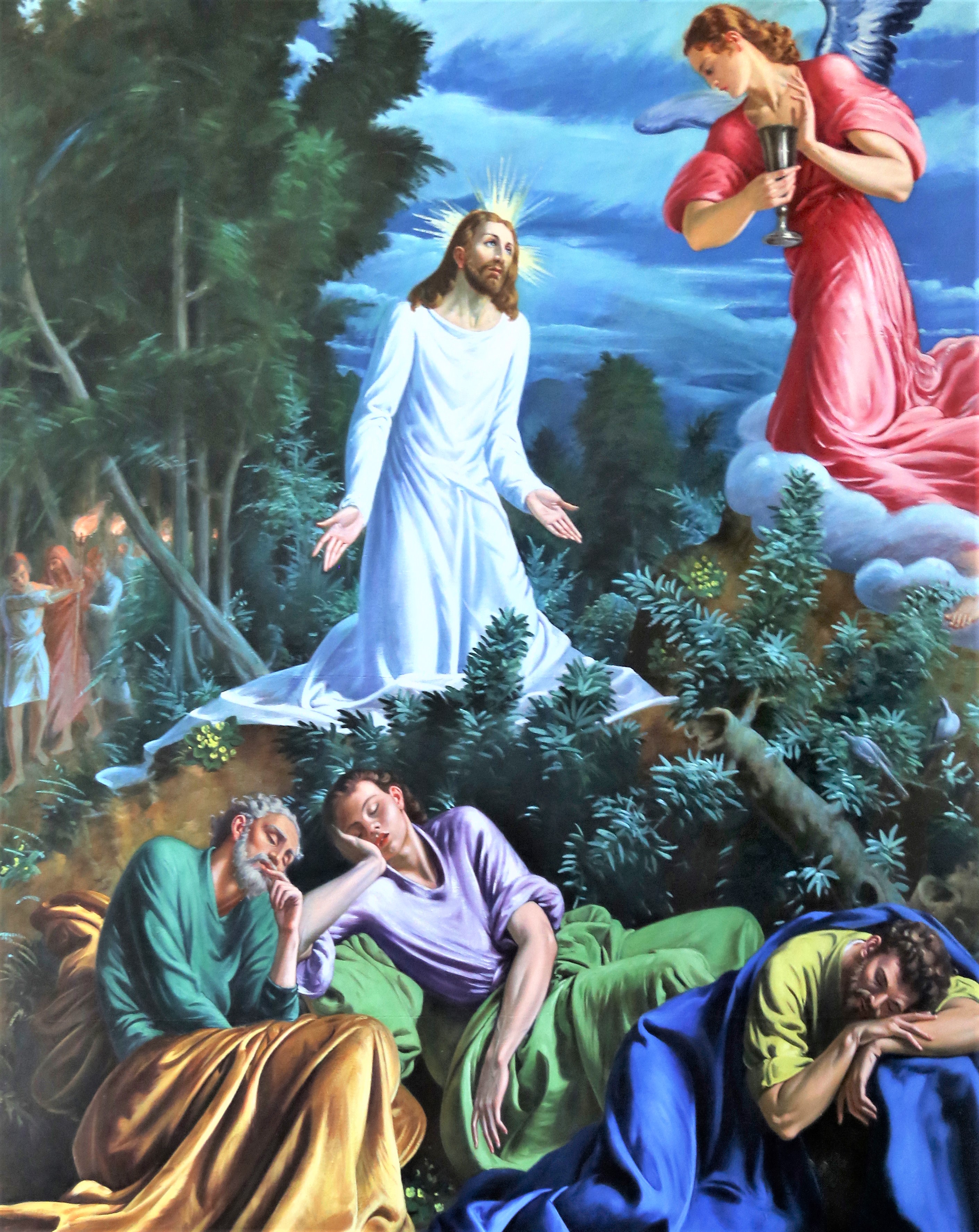
When He had finished His third and last round of prayers, Jesus walked over to His apostles and found them still asleep. He woke them up, saying to them, “Are you still sleeping and resting? Look, the hour has come, and the Son of Man is delivered into the hands of sinners. Rise! Let us go! Here comes my betrayer!” (Matthew 26:45–46). Judas Iscariot then kissed Jesus, thereby delivering the Lord up to the awaiting armed mob and officials from the chief priests and Pharisees. Upon seeing this, the ever-capricious Peter (depending on which Gospel account you read), in a spontaneous act of bravado, managed to find a sword and then cut off the ear of the servant of the high priest.
But Jesus rebuked His apostle one last time, “Put your sword back in its place, for all who draw the sword will die by the sword” (Matthew 26:52–53). He then gently reminded his dear friend Peter, “Do you think I cannot call on my Father, and He will at once put at My disposal more than twelve legions of angels?” After replacing the servant’s ear, the Lord reminded Peter—probably for what seemed to them both like the thousandth time, “This has all taken place that the writings of the prophets might be fulfilled.” After having said that, the chief priests and the Pharisees took Jesus to the Temple for His trial. Then, at the time of His greatest need, all the disciples deserted Him and fled.
With the help of the apostle John, Peter gained access to the courtyard of a home belonging to a member of the Sanhedrin named Annas. He witnessed Jesus being bound, interrogated, and struck in the face by His inquisitors. It was at this time that the apostle—as predicted—denied knowing his dear and beloved friend three times. Just shortly after the cock crowed three times, the Sanhedrin guards began to move the broken Jesus to the Temple for His trial before Caiaphas.
It was at this instant that Peter’s life would hit rock bottom. Not only was he suffering inconsolable guilt for having just denied knowing his best friend, to make his whole nightmare even worse, he saw Jesus. And Jesus saw him! The Lord turned and looked straight at Peter. The Evangelist Luke sums up this most poignant of New Testament moments: The Lord turned and looked straight at Peter. Then Peter remembered the words the Lord had spoken to him: “Before the rooster crows today, you will disown Me three times.” And he went outside and wept bitterly (Luke 22:61–62).
The Apostle Peter between the Crucifixion and Pentecost
Peter disappears from the Gospels during both Jesus’s Passion and Crucifixion. The only ones of His followers brave enough to be at the foot of the Cross at the Lord’s Crucifixion were Mary, the mother of Jesus; Mary Magdalene; Mary, the mother of the apostle James (the Less); and Salome, the mother of the Sons of Zebedee. Of the Twelve, only John, the apostle who Jesus Loved, had the faithfulness and courage to stay by his friend’s side at the time of His greatest need.
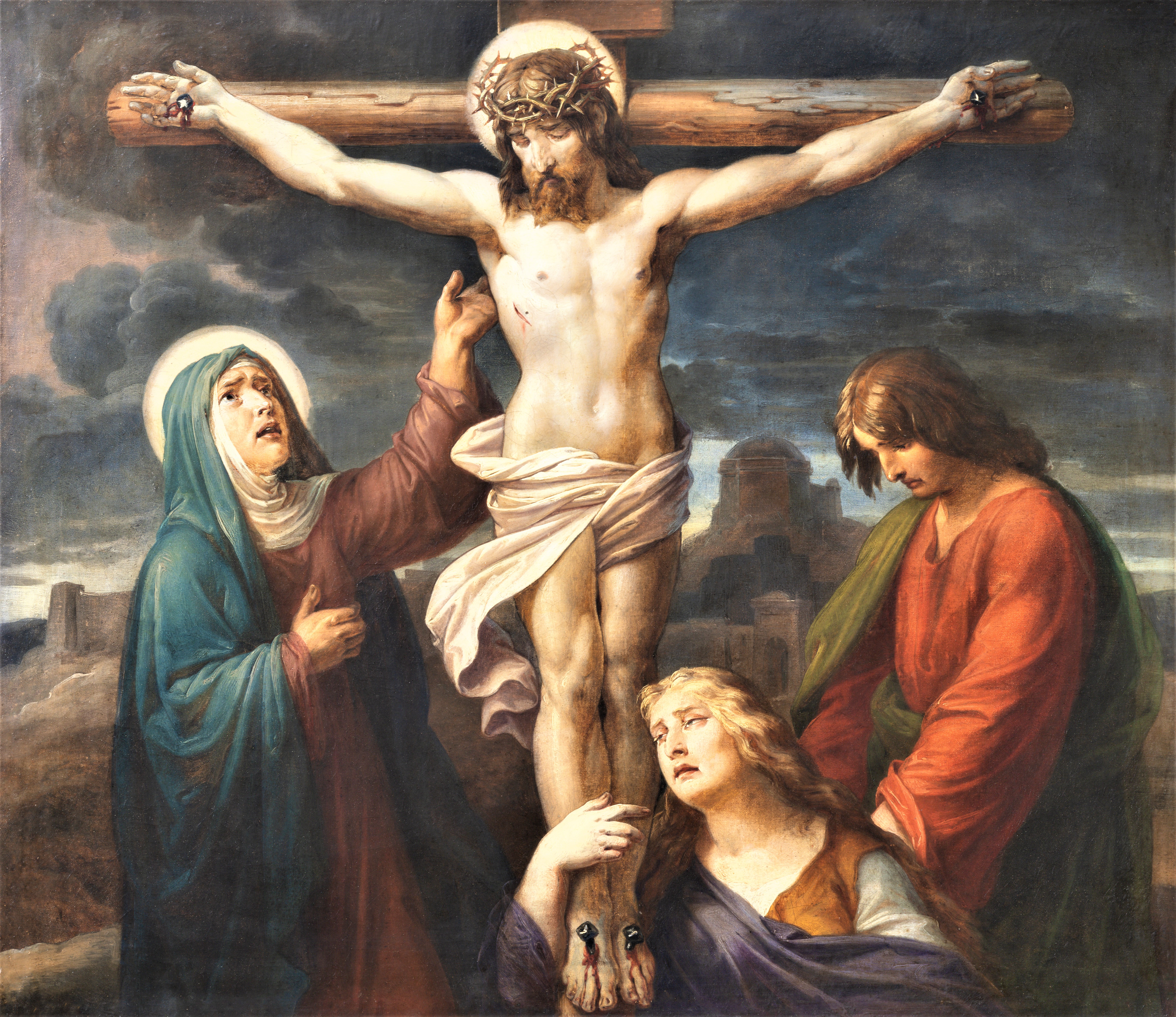
All four Gospels record a similar picture with regards to the discovery of the Lord’s empty tomb. In each Gospel, it was the women followers who made the monumental discovery of Christ’s Resurrection. It would be Mary Magdalene who, either alone or with a couple of the other Marys, came to the Lord’s tomb and found the stone that was blocking the entrance had been rolled away and the body of Jesus gone (Mark 16:1–4). They would be at first frightened and then dazzled by an angel(s) whose white clothing “gleamed like lightning” and who asked them the question: “Why do you look for the living among the dead?” (Luke 24:5).
Peter and the other remaining apostles return to the Gospel story three days after the Crucifixion. The women who had seen the empty tomb told the apostles what they saw. At first the men did not believe the women “because their words seemed to them like nonsense” (Luke 24:11). And although at first they may not have trusted what the women said, Peter and John decided to go and investigate their claim anyway.
Outrunning Peter, it was John who reached the tomb first and looked inside. But the ever-impulsive Peter did not stop to look first, but rather went right into the tomb. He saw the strips of linen lying there, as well as the cloth that had been wrapped around Jesus’s head. The cloth was still lying in its place, separate from the linen. Finally the other disciple, who had reached the tomb first, also went inside. He saw and believed (John 20:3–9).
Shortly after Peter and John left the site of the tomb, Mary Magdalene stayed behind and would become the first person in the history of all eternity to see and talk with the Resurrected Jesus (Mark 16:9–11). The first man to see the Resurrected Lord would, of course, be Peter (Luke 24:34). Next, on the first day of the week, He appeared to Peter and the remaining apostles—not including Thomas. A week later Jesus returned to the house where the apostles were staying. This time, after personally inspecting the nail holes in His hands, Thomas would reply with the claim spoken by no other person in the New Testament: “My Lord and my God” (John 20:28).
After being told to do so by the Resurrected Jesus, a short time later Peter and six others of the apostles made the one day’s walking journey to the Sea of Galilee. While waiting for Jesus to appear, the ever-practical (and probably hungry) Peter decided to go fishing. “I’m going out to fish,” Simon Peter told the other six apostles, and they said, “We’ll go with you.” So they went out and got into the boat, but that night they caught nothing (John 21:3).
The next morning, a man called out to them from the shore, “Friends, haven’t you any fish?” After telling the person that they had not caught anything, the stranger told them to once again lower their nets. The apostles did what they were told and then caught more fish than they could handle. It was at this time that John told Peter, “It is the Lord!” Instantly, without giving the matter a single thought, Peter wrapped his outer garment around himself (for he had taken it off) and jumped into the water. The other disciples followed in the boat, towing the net full of fish.
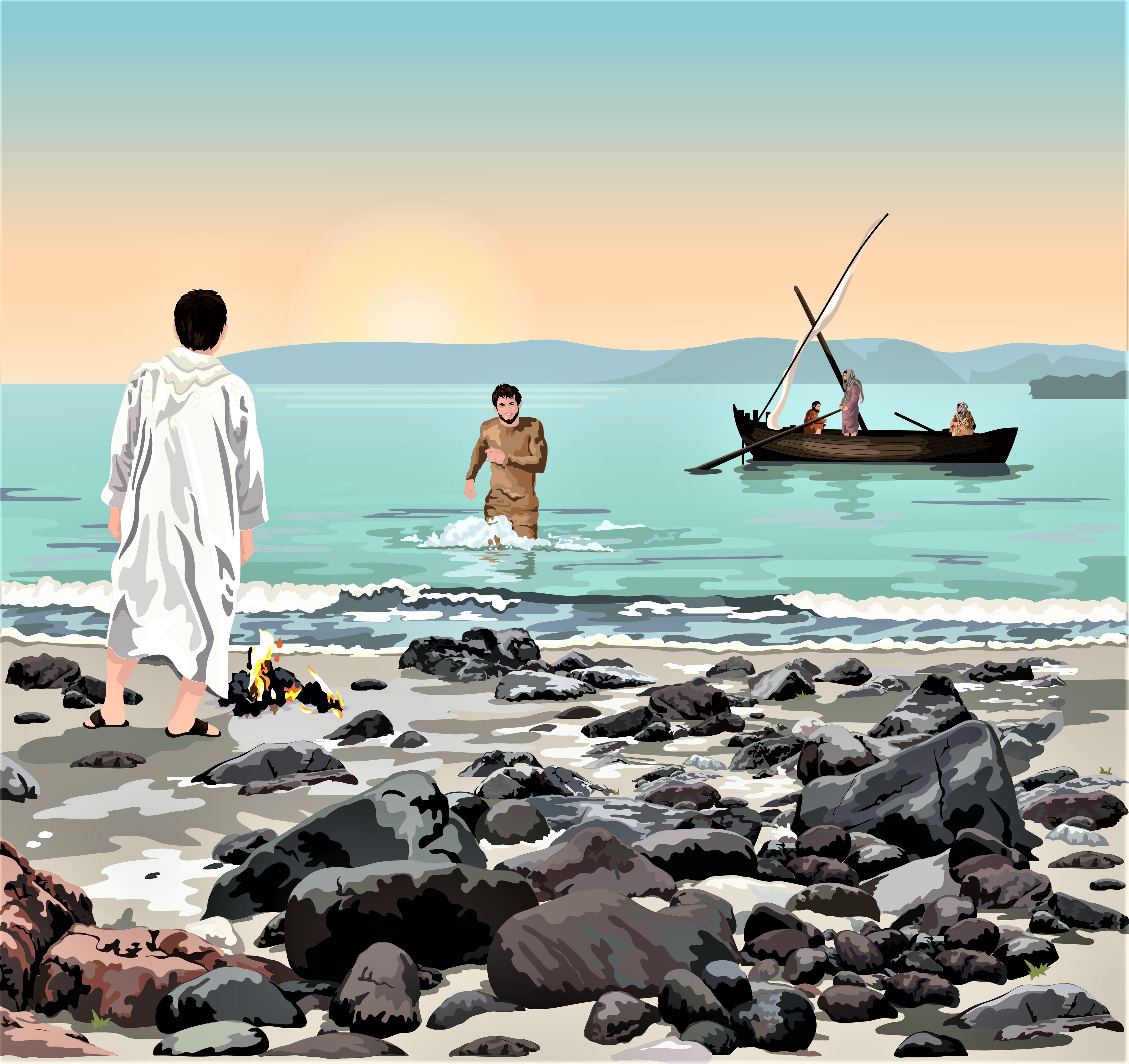
Having already prepared a fire, Jesus said to them, “Bring some of the fish you have just caught” (John 21:10). He then invited them to sit down and have breakfast. Jesus took some bread and gave it to them. He did the same with the fish. When they were finished, Jesus said to Peter, “Simon son of John, do you love me more than these?”
“Yes, Lord,” Peter said, “you know that I love you.” The Lord asked His apostle the same question two more times, and all three times Peter’s answer was yes. “Lord, you know all things; you know that I love you.” Then Jesus shared with Peter a premonition of Peter’s martyrdom: “Very truly I tell you, when you were younger you dressed yourself and went where you wanted; but when you are old you will stretch out your hands, and someone else will dress you and lead you where you do not want to go.” Jesus said this to indicate the kind of death by which Peter would glorify God. Then he said to him, “Follow me!” (John 21:18–19).
But rather than basking in the glory of that moment of sharing a breakfast with the Risen Lord and his brother apostles on the shore of that beautiful inland sea, a confused and frightened Peter once again confronted his friend Jesus. Now knowing the cause of his future death, he turned to John and then asked Jesus, “Lord, what about this man?” (John 21:21). Once again, but for the last time, Jesus had to rebuke His head apostle: “If it is My will that he [John] remains until I return, what is that to you? You follow me!”
Peter After the Ascension
After the Ascension of Jesus into Heaven, Peter took charge of the remaining ten apostles and the early Church. His first task as leader was to replace the former member of the Twelve, Judas Iscariot. Citing the Old Testament’s Book of Psalms (Psalm 69:25), Peter said: “May his place be deserted; let there be no one to dwell in it. And, may another take his place of leadership.”
He then established two rules for this replacement. “Therefore it is necessary to choose one of the men who have been with us the whole time the Lord Jesus was living among us, beginning from John’s baptism to the time when Jesus was taken up from us. For one of these must become a witness with us of his resurrection” (Acts 1:21–22). The eleven men unanimously elected a disciple named Matthias to take Judas’s place.
After the first Pentecost, a now very devoted and impassioned Peter continued to oversee the early Christian Church in Jerusalem until the time James became her bishop. The book of Acts records several of Peter’s local missionary journeys to the surrounding region. One of the first trips mentioned is to Samaria (the town of Samaria, not the region). Known today as the village of Sebastia, it was there that Peter and his fellow apostle John encountered and defeated Simon the Sorcerer.
Next, the book of Acts has Peter traveling to the town of Lydda (the modern-day city of Lod), where he cured a paralyzed man named Aeneas. Acts 9:36–41 tells of his travels to the town of Joppa (modern-day Jaffa) to raise the disciple Tabitha from the dead. It was in Joppa, as well, that while he was staying at the home of Simon the tanner, Peter had his vision in which a voice told him, “Do not call anything impure that God has made clean.”
The apostle is then summoned by Cornelius the Centurion—who had had a dream at the same time as Peter did—to the soldier’s home in the Mediterranean port city of Caesarea. It was there that this Roman officer was baptized by Peter and became the first uncontested Gentile to convert to the new faith of Christianity. Acts 12:17 states that while with the disciples at the house of Mary, the mother of John, Peter told the assembled anxious listeners, “Tell James and the other brothers and sisters about this [his having just escaped from prison in Jerusalem],” and then he left for another place.
“And then he left for another place.” With that simple and highly ambiguous statement, not another conclusive word is written in the New Testament regarding Peter’s future missionary travels. Although it is not exactly clear in the book of Acts, it is thought (with the exception of James the Less) that after the final Apostolic Council in Jerusalem in 50 AD that those of the Twelve Apostles who were still alive—and who had not done so yet—dispersed once and for all time upon their various Evangelist journeys. Their mission would be to follow their Lord and beloved friend’s command to spread the Gospel to the rest of the known world.
|
The Apostolic Council The Apostolic Council (also known as the Jerusalem Council) took place around 50 AD in the city of Jerusalem. Attendees that we can be sure of that were in attendance were Paul, the apostles Peter and James the Less, and possibly John. The meeting’s primary purpose was to determine just how much of existing Jewish Mosaic Law that those Gentiles who wished to join the new Christian movement would need to follow. The biggest issue was to decide whether or not new non-Jewish men who wanted to join would need to be circumcised first. It was determined that they did not. |
Peter’s Travels
Due north of Jerusalem and located in what is today southern Turkey, is the city of Antakya. In the days of the Twelve Apostles, however, the city was called Antioch. In the time of Jesus, the city was one of the largest in the Roman Empire. It was in Antioch that the term “Christian” first came into common use.
The ancient Church Fathers say that it was in Antioch that the apostle Peter (along with Paul) founded a Church and that Peter spent seven years as her first bishop. To this very day, the patriarchs of the Syriac Orthodox Church trace an unbroken line of apostolic authority all the way back to Saint Peter. And, quite famously, the city was the location of the “Incident at Antioch.” According to Saint Paul’s Epistle to the Galatians (2:11) it was here that Paul rebuked Peter for treating Gentile converts as inferior to Jewish Christians.
The author of the New Testament book Peter 1 addresses the “exiles of the dispersion in Pontus, Galatia, Cappadocia, Asia, and Bithynia.” The third-century Church Father,
Hippolytus of Rome (170–235 AD), confirms Peter’s actual visits to these places. Also, the timing and locations of Peter’s missionary work in the region would have made it possible for him to work alongside his fellow apostle—and younger brother—Andrew. There, in north central Turkey, the two sons of Jonah would have had one last precious visit together before separating forever on their different paths to eternal glory.
Also, if you look at a map of these former Roman provinces that in modern times make up the vast majority of the modern nation of Turkey, it would seem logical as well that Peter would have collaborated with another of his fellow apostles, Philip. Geographically speaking, Peter would have also had to pass through these regions on his way to the eastern seaport city of Ephesus. It would have been neglectful of him not to have at least stopped to visit his former neighbor, and likely cousin, the apostle John.
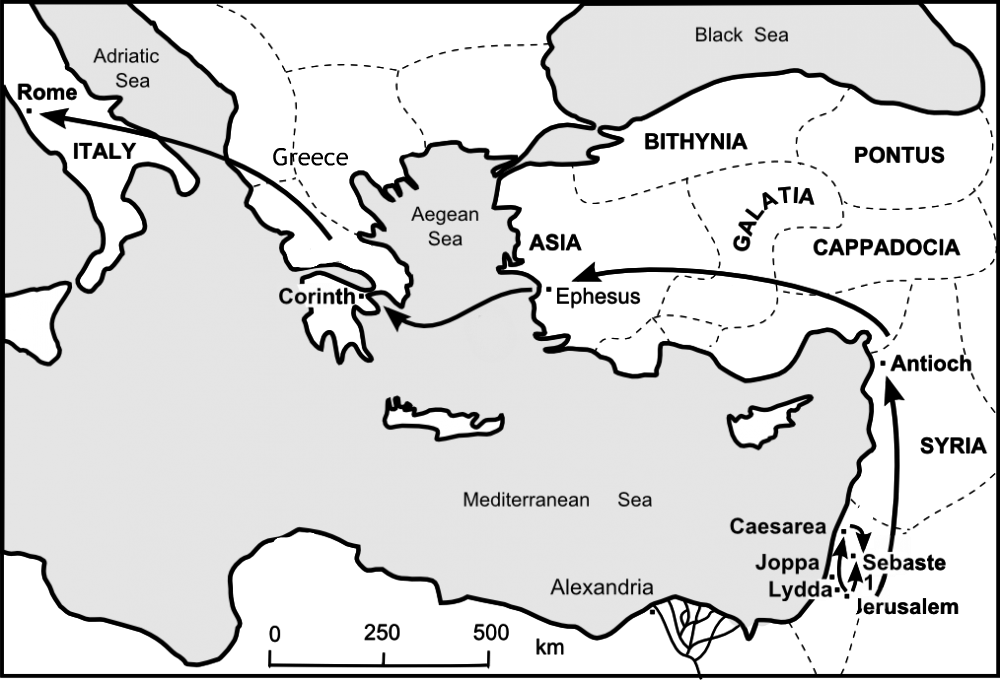
It was from Ephesus that Peter probably departed for Corinth, a city 180 miles away by sea that still can be visited today in modern Greece. Acts 18:1–17 says that Paul founded the Church in Corinth. However, the first-century bishop of Corinth (St. Apollo of Ephesus) also included the apostle Peter as a cofounder of the Church: “You have thus by such an admonition bound together the planting of Peter and of Paul at Rome and Corinth. For both of them planted and likewise taught us in our Corinth.”
After a short stay in Corinth, Peter traveled to the western Greek port city of Patrae (modern-day Patras). In one of those ironic coincidences that so often happens in the world of the Twelve Apostles, it would be at this ancient seaport that his brother Andrew would be martyred twenty years later. From Patrae, Peter sailed westward across the Gulf of Patras and up into the Adriatic Sea to the Roman port city of Brundisium (modern-day Brindisi). Besides being the best seaport on the eastern shore of the Italian peninsula, Brundisium was the eastern terminus of the famous Roman road, the Via Appia. After sharing Good News with the Jewish merchants and craftsmen of the city, Peter would follow the 350-mile Appian Way into the heart of Rome. And there, on Mons Vaticanus, one of the city of Rome’s famous seven hills, Peter’s faithful service to the Lord would end.
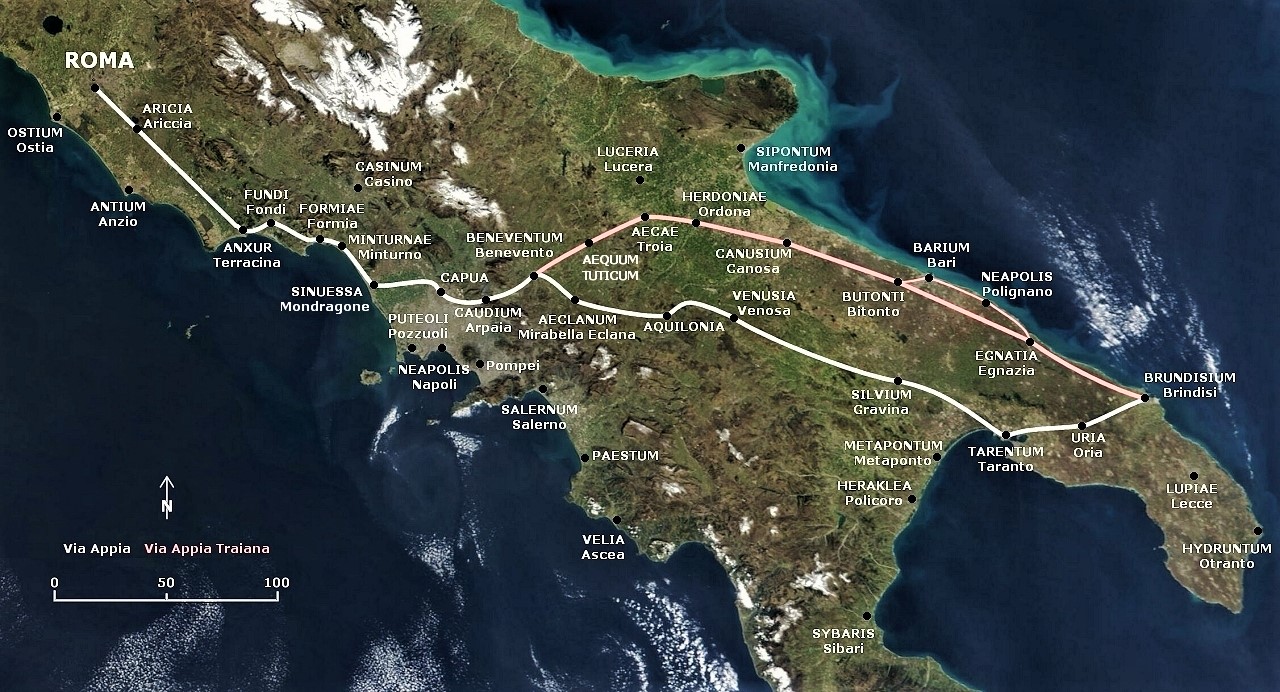
Although the matter is slightly controversial, it is likely that there was already a thriving Church in the city when Peter arrived there shortly after 62 AD, and that this Church was originally founded by Paul. Most scholars place the time of his martyrdom—along with Paul’s—to have been under the reign of Nero around the year 64 AD. The New Testament is silent on the matter of Peter being crucified in Rome, but the apocryphal literature associated with him overwhelmingly reaffirms the tradition, as do all of the early Church Fathers.
For example, in the apocryphal Acts of Peter, the document describes a rather amusing battle of magic powers between Simon Magus and Peter that mentions the Roman Forum. Also, Ignatius, the third bishop of Antioch and an actual student of the apostle John, speaks in one of his letters of Peter and Paul admonishing the Roman Christians. Another early Church Father, Irenaeus of Lyons, whose teacher, Polycarp, the bishop of Smyrna (also a disciple of the apostle John), wrote that Peter and Paul had been the founders of the Church in Rome.
In summary, the fact that the apostle Peter was martyred in Rome sometime around the year 64 AD is something that nearly all historians and religious scholars are in complete agreement with. But one of the most important concepts that is available to thinking people—but one that very few academic researchers give much credit to—is that of a lack of any other competing tradition(s).
That is, we have a man, a very important man named Peter, a relatively well-known man who, through his dedication and sacrifice, was instrumental in helping to change the course of history. If there was any place other than Rome that thinks or feels it has a claim to Peter’s martyrdom and burial site, they would be shouting it from the mountaintop. (There’s a lot of money to be made from being a pilgrim site, and the world would certainly have heard of it.) Yes, I know there have been a few naysayers out there over the centuries whose bizarre logic and self-serving arguments are in the literature. I have read many of their claims, but on close and objective analysis, the evidence just isn’t there.
Visiting Saint Peter’s Martyrdom Site and Grave
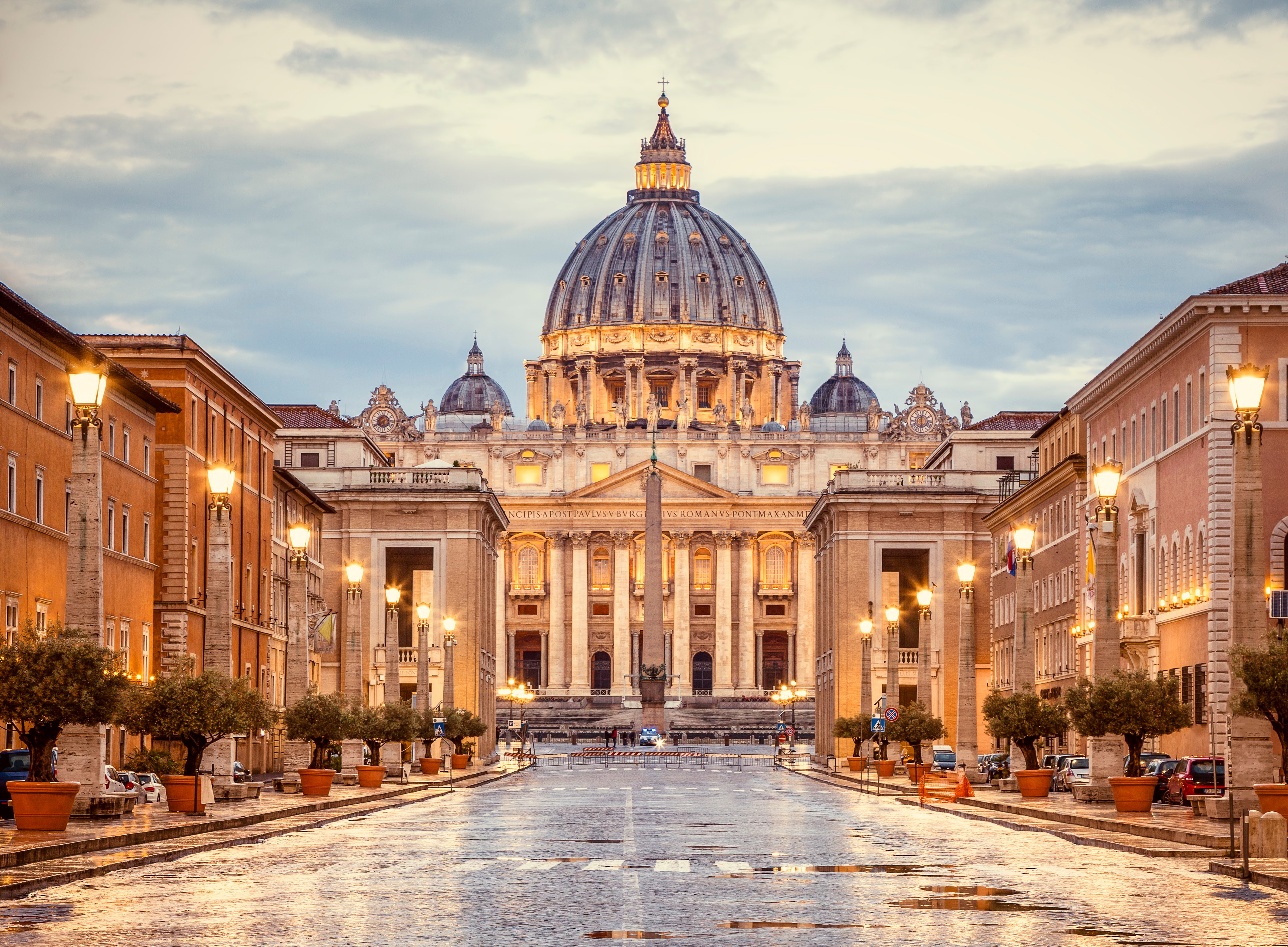
St. Peter’s Basilica, Rome, Italy
Of all of the Twelve Apostles of Jesus, the site of Peter’s martyrdom and the location of his final tomb are the easiest to visit. The only effort involved is making a trip to Rome, Italy, to the Vatican and St. Peter’s Basilica. Whether your religious beliefs agree with the primacy of the pope as the bishop of Rome and the unbroken, apostolic descendant of Saint Peter (as do Roman and Eastern Catholics), or whether you disagree (as do the Orthodox and Assyrian Churches and many Protestant sects), everyone is welcome to visit this undisputed tomb of the “Fisher of Men.”
To visit the site of St. Peter’s martyrdom, you walk to the south transept of the basilica to the Altar of St. Joseph. On the left-hand side of the chapel is the Altar of the Crucifixion. When you stand or kneel in front of the mosaic reproduction of the picture of St. Peter being crucified upside down, you are standing exactly over the center of the ancient Roman Circus Maximus where the apostle died.
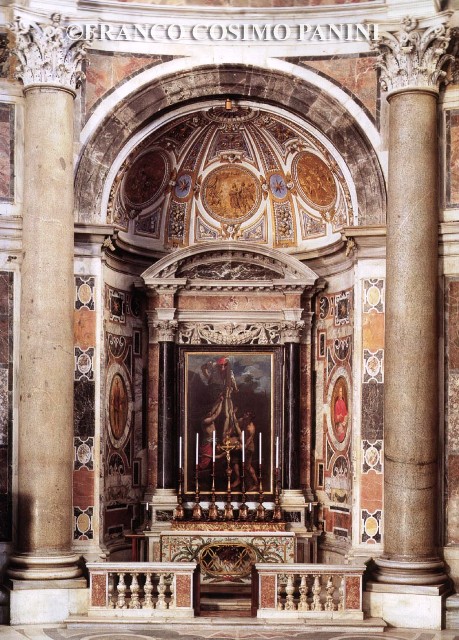
One of the most distinctive features of St. Peter’s Basilica, both from the inside and outside, is its magnificent dome. If you were to shine a laser beam straight down from its midpoint, the light would pass directly through the center of the church’s main altar into the grotto below. There it would pass through the remains of the third-century church built by Constantine, which he had constructed directly over the grave of the apostle Peter.
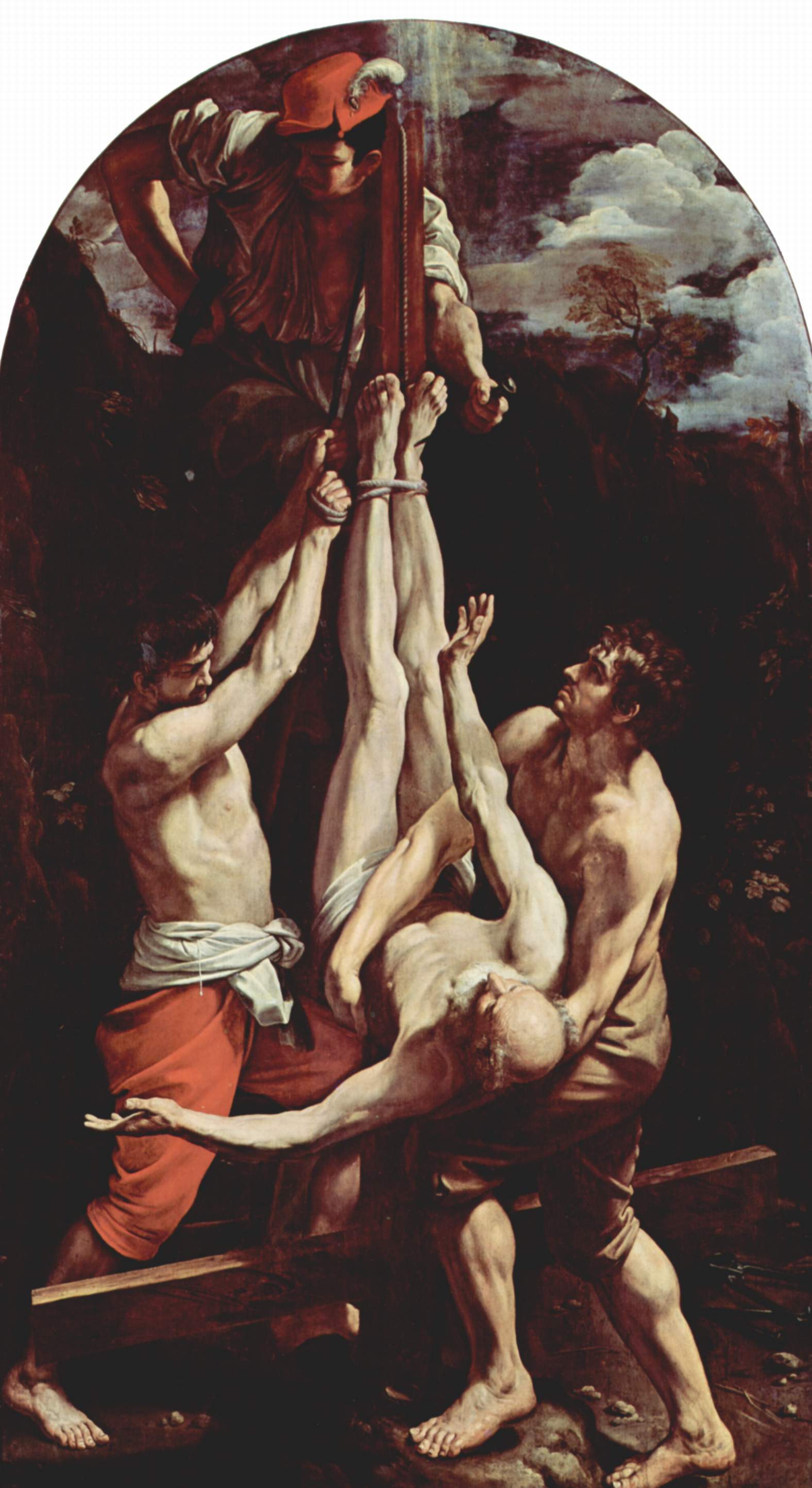
When you stand in the crypt below the main floor of the church, outside of a well-marked walled-off area, you will be in the presence of the man that Jesus called Petros, the Rock: a simple Jewish fisherman who walked upon the earth with the Son of Mary, who broke bread with Him at the Last Supper, who loved Him but who also denied his beloved friend three times, who was to witness the Lord’s empty tomb, and who would ultimately become the rock upon which Jesus said, “I will build my Church.”
It was there in the crypt below Saint Peter’s Basilica in front of the mortal remains of the great apostle that I stood, laid my hand on the glass wall that separated us, and became “one” with this great man of God. After several minutes of giving him thanks, I continued to just stand there for a couple of minutes in silent awe. It was also at this time that I first asked myself the question, “Rich, I wonder where the rest of these guys are?”
Quo Vadis
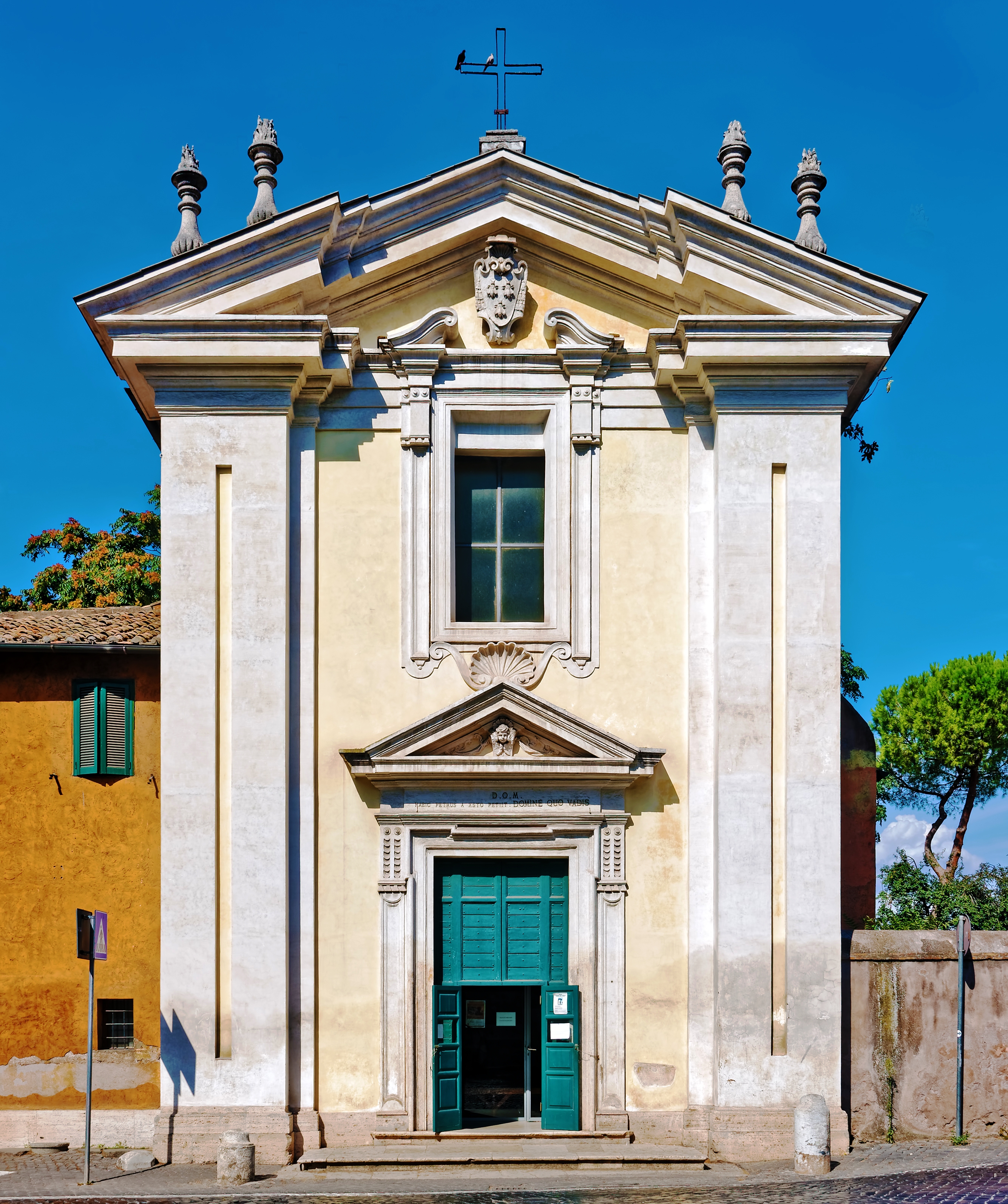
Church of Domine Quo Vadis
Two miles southeast of the Vatican along the old Roman Appian Way is the Church of Saint Mary in Palmis, better known as the Church of Domine Quo Vadis. The small, ancient church is built over the spot where the apocryphal Acts of Peter state that the apostle Peter met the crucified Christ.
According to the legend, Peter had been captured and sentenced to death by Emperor Nero. His followers, anxious to see him live, broke him out of prison. In one last act of human weakness, the apostle then fled Rome, heading south on the old Roman road. As he reached the spot where the church now stands, he saw his dear old friend and Lord walking toward the city.
He asked Jesus, “Domine, quo vadis?” Where are you going, Lord? Tenderly, but tired and probably once again exasperated by His friend’s lapse of faith, Jesus answered, “I am going to Rome to be crucified yet one more time.” Moved by his Lord’s willingness to suffer once more, Peter regained his courage and said, “Lord, I will return and will follow Thee.” Jesus then disappeared, and Peter went back to Rome and to his martyrdom.
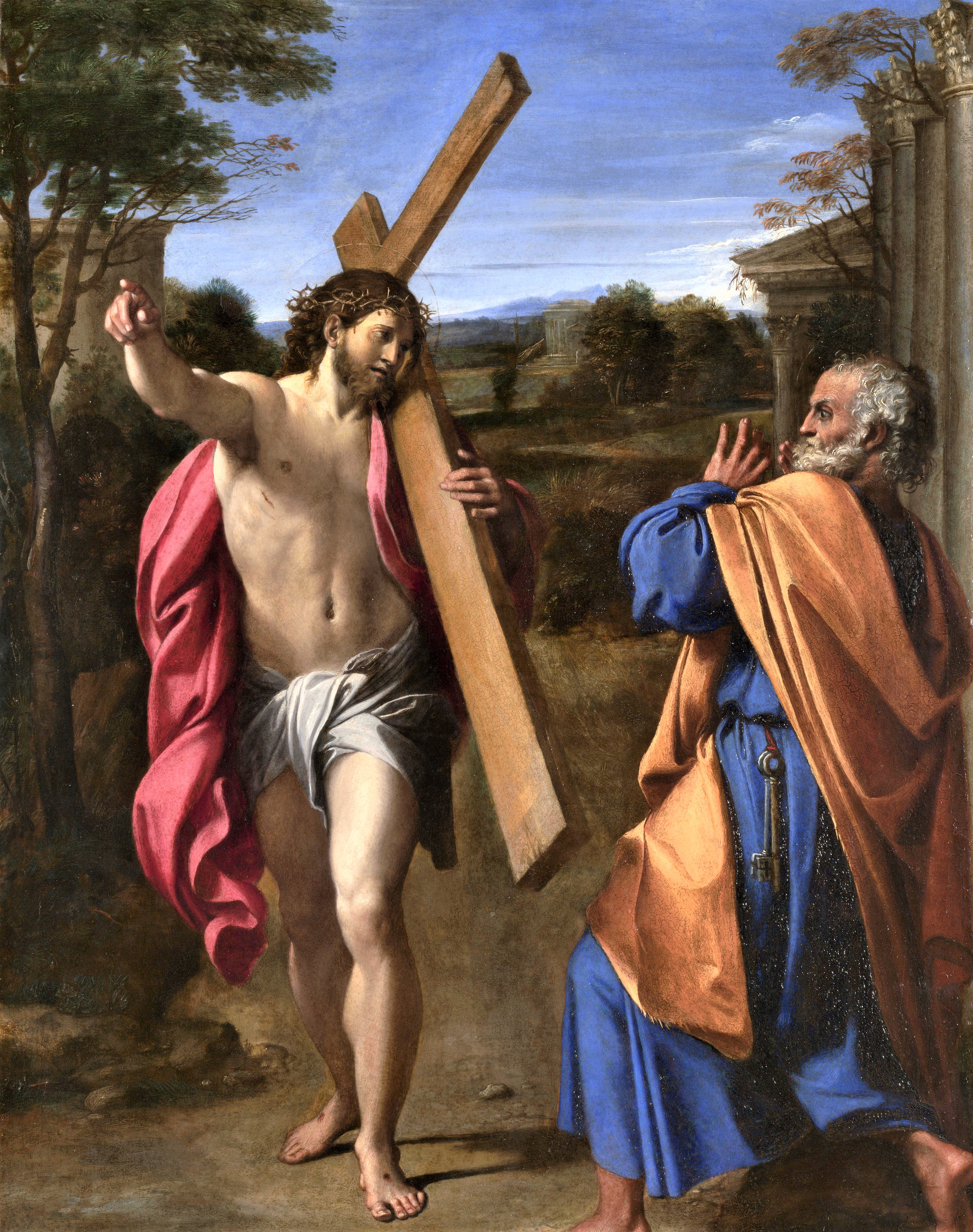
Full title: Christ appearing to Saint Peter on the Appian Way Artist: Annibale Carracci Date made: 1601-2 Source: http://www.nationalgalleryimages.co.uk/ Contact: picture.library@nationalgallery.co.uk Copyright © The National Gallery, London














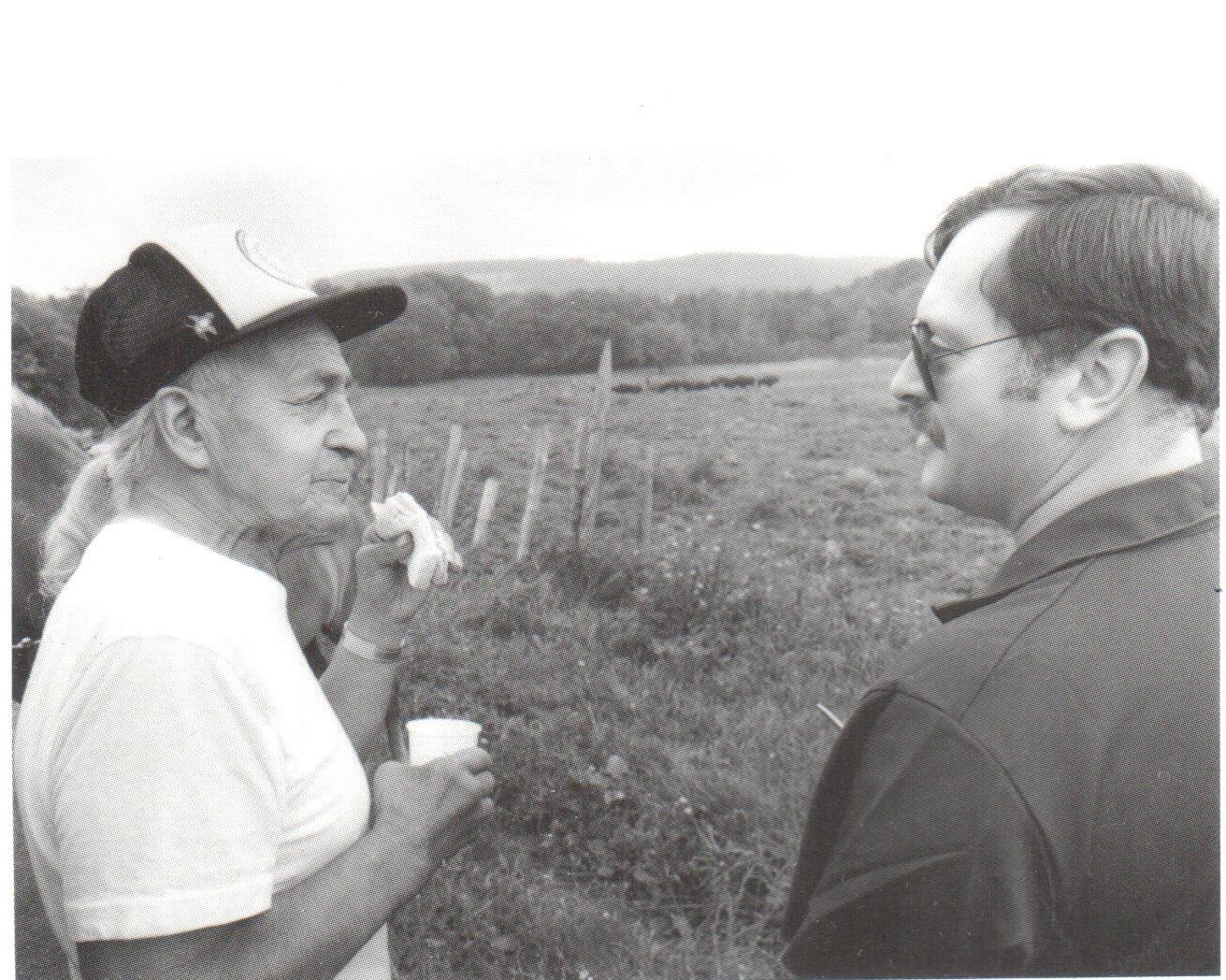
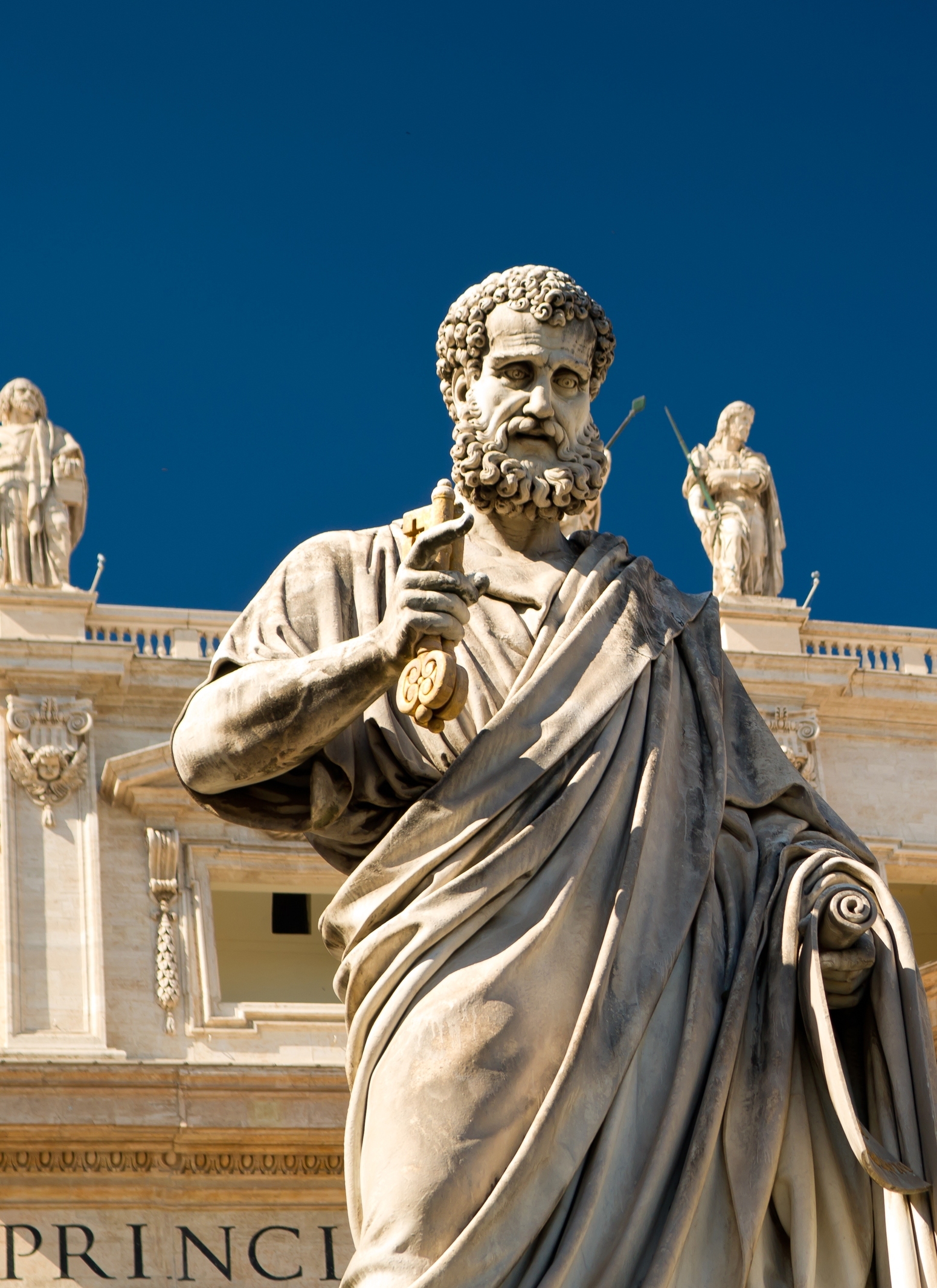
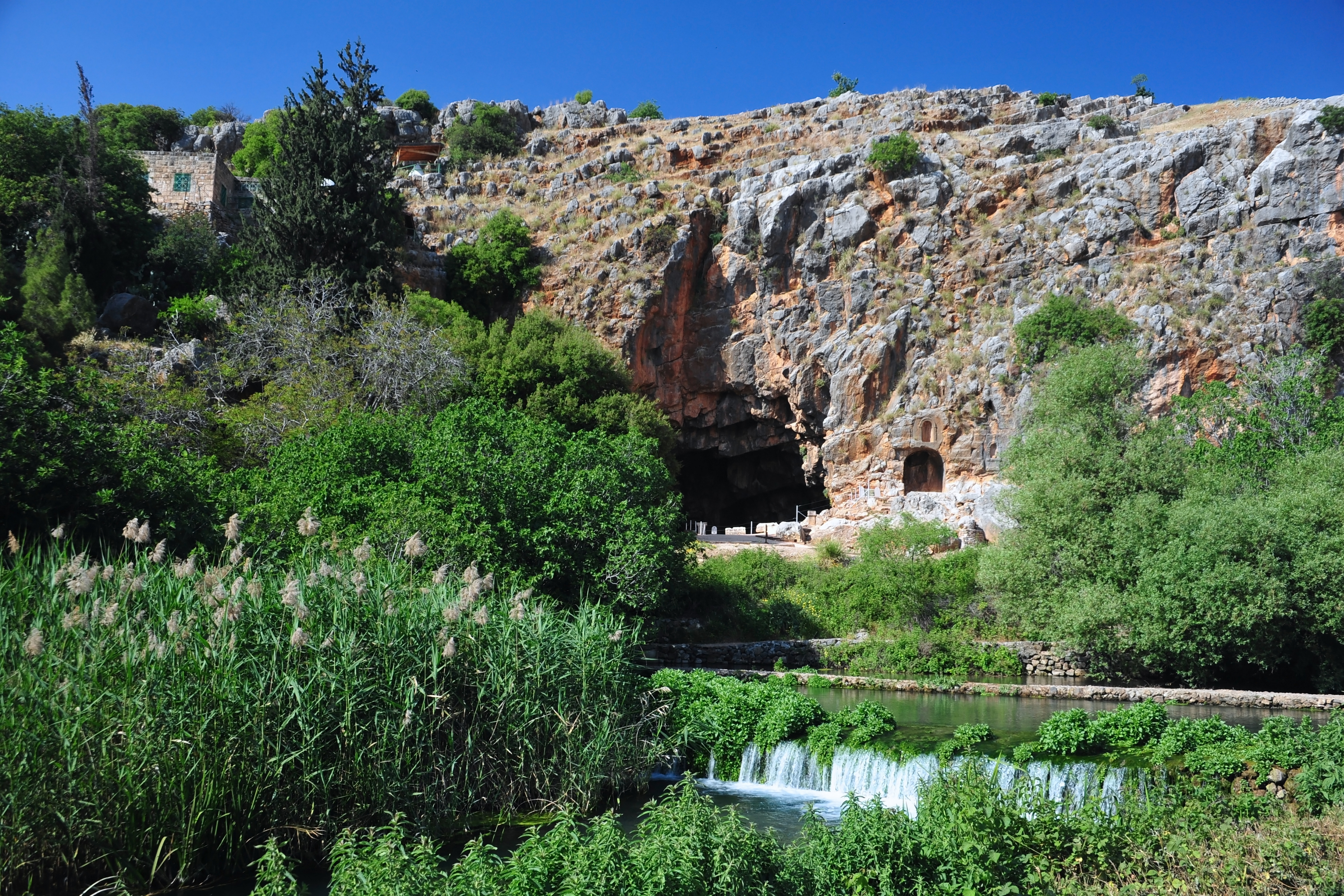 Caesarea-Philippi: Templo de pan
Caesarea-Philippi: Templo de pan

